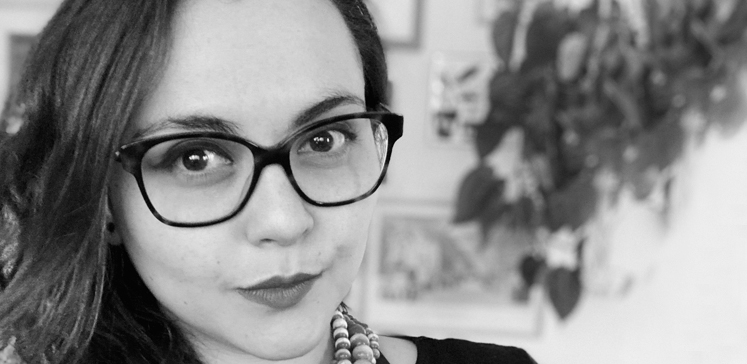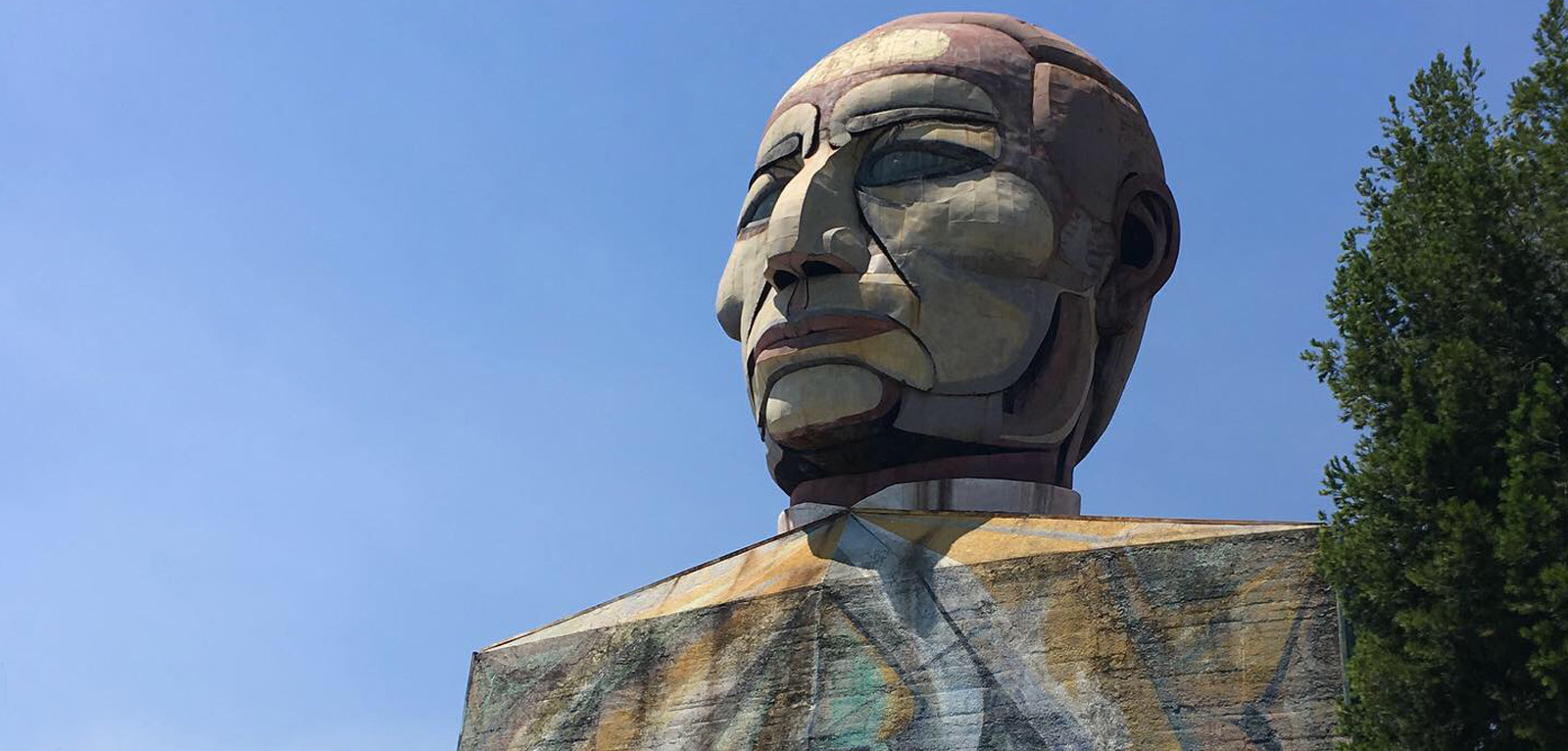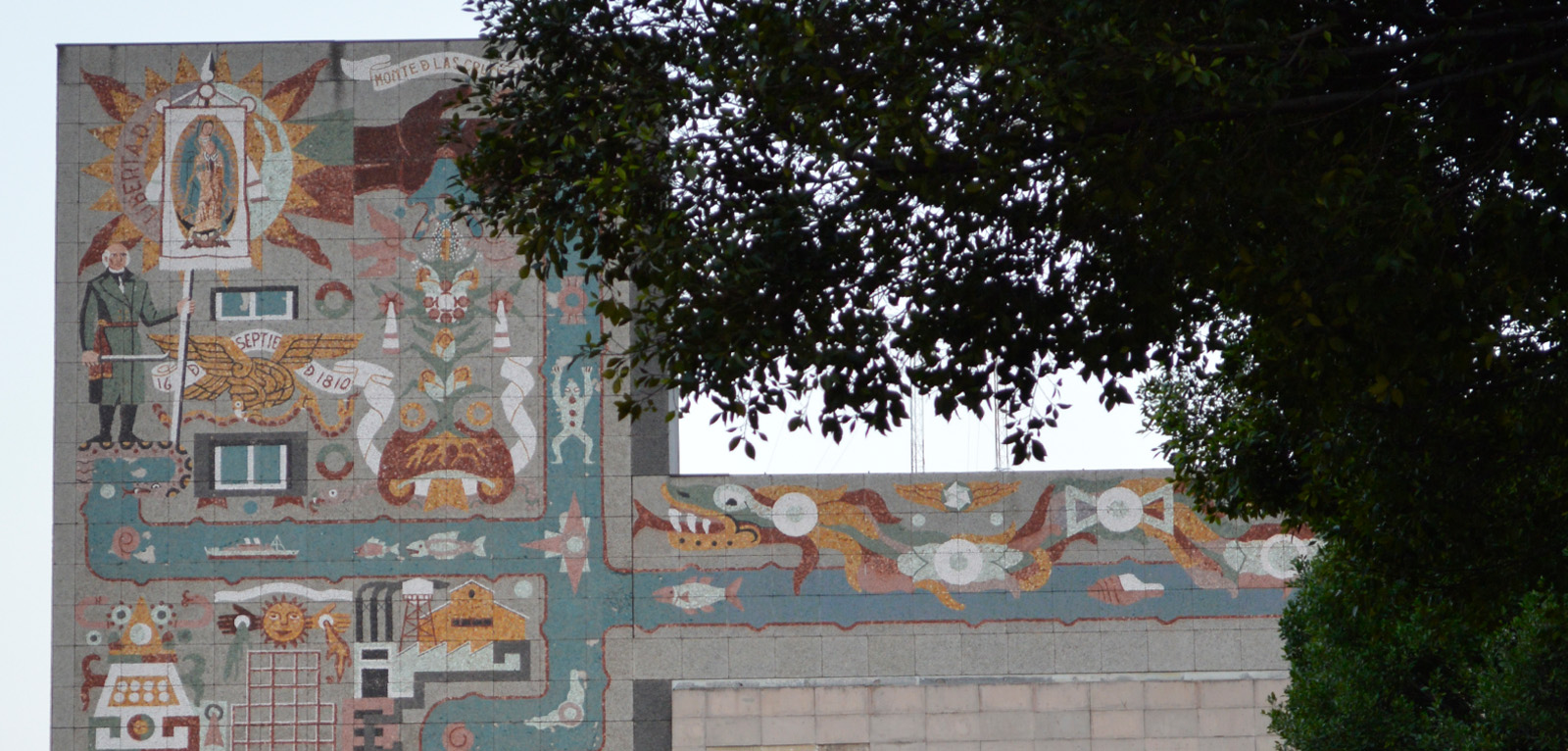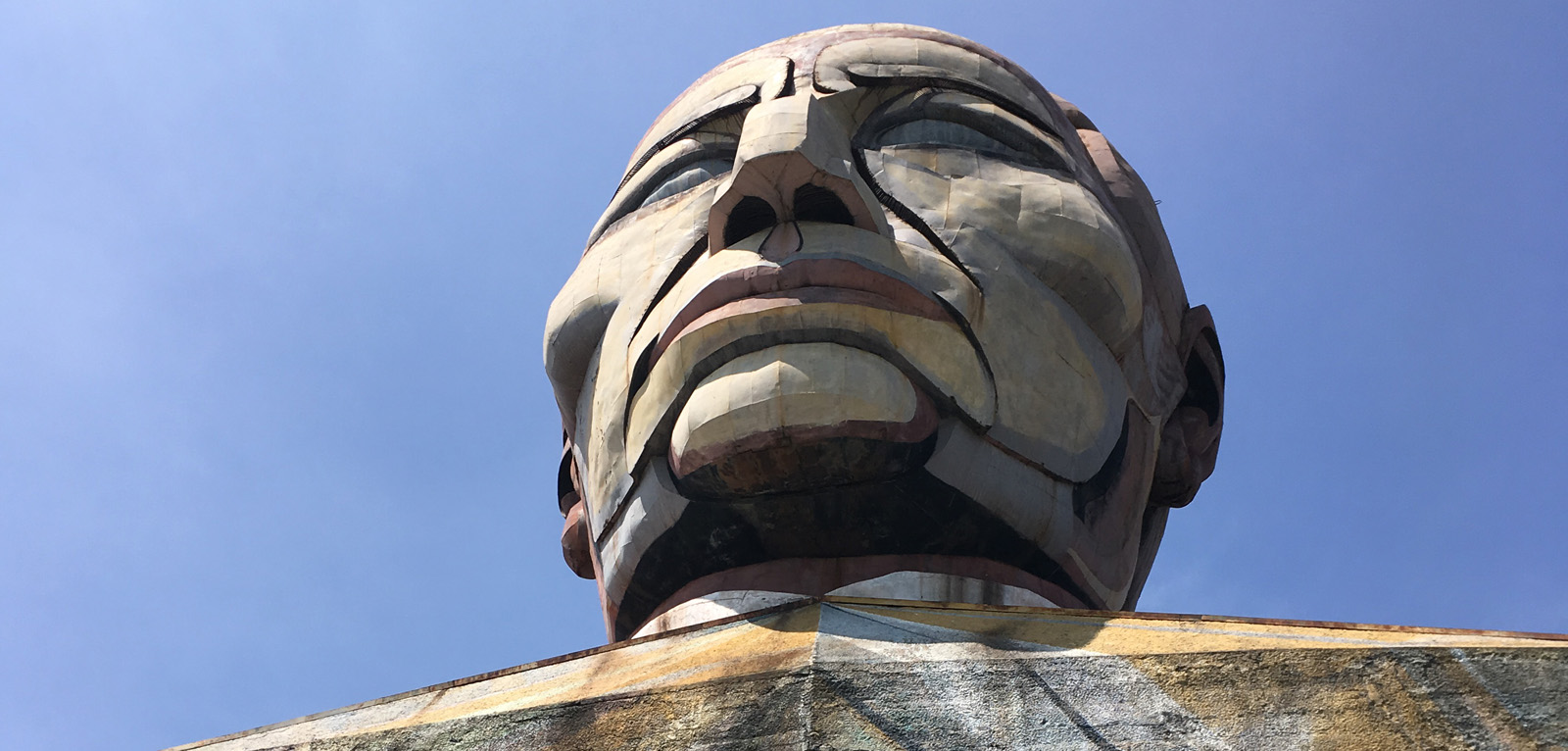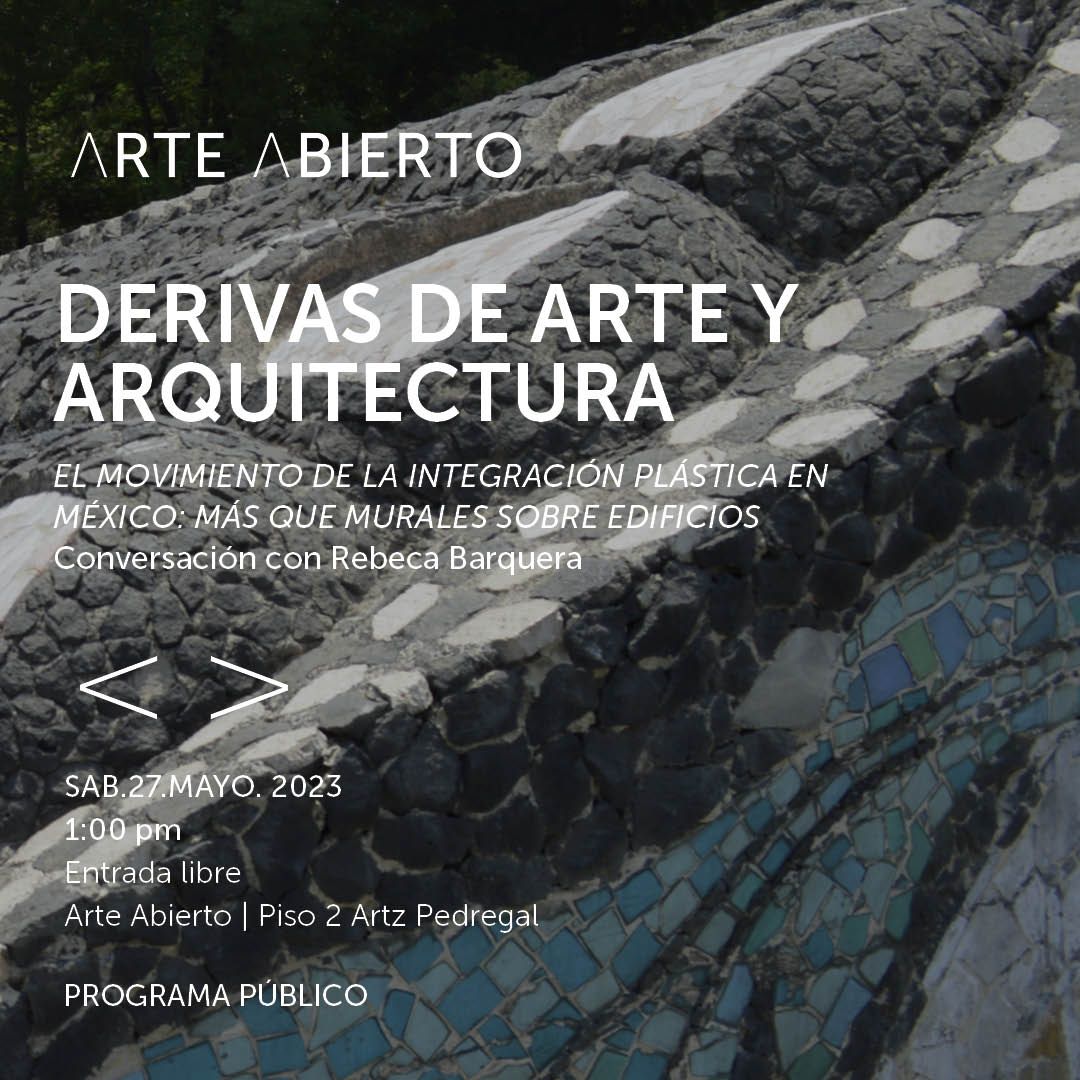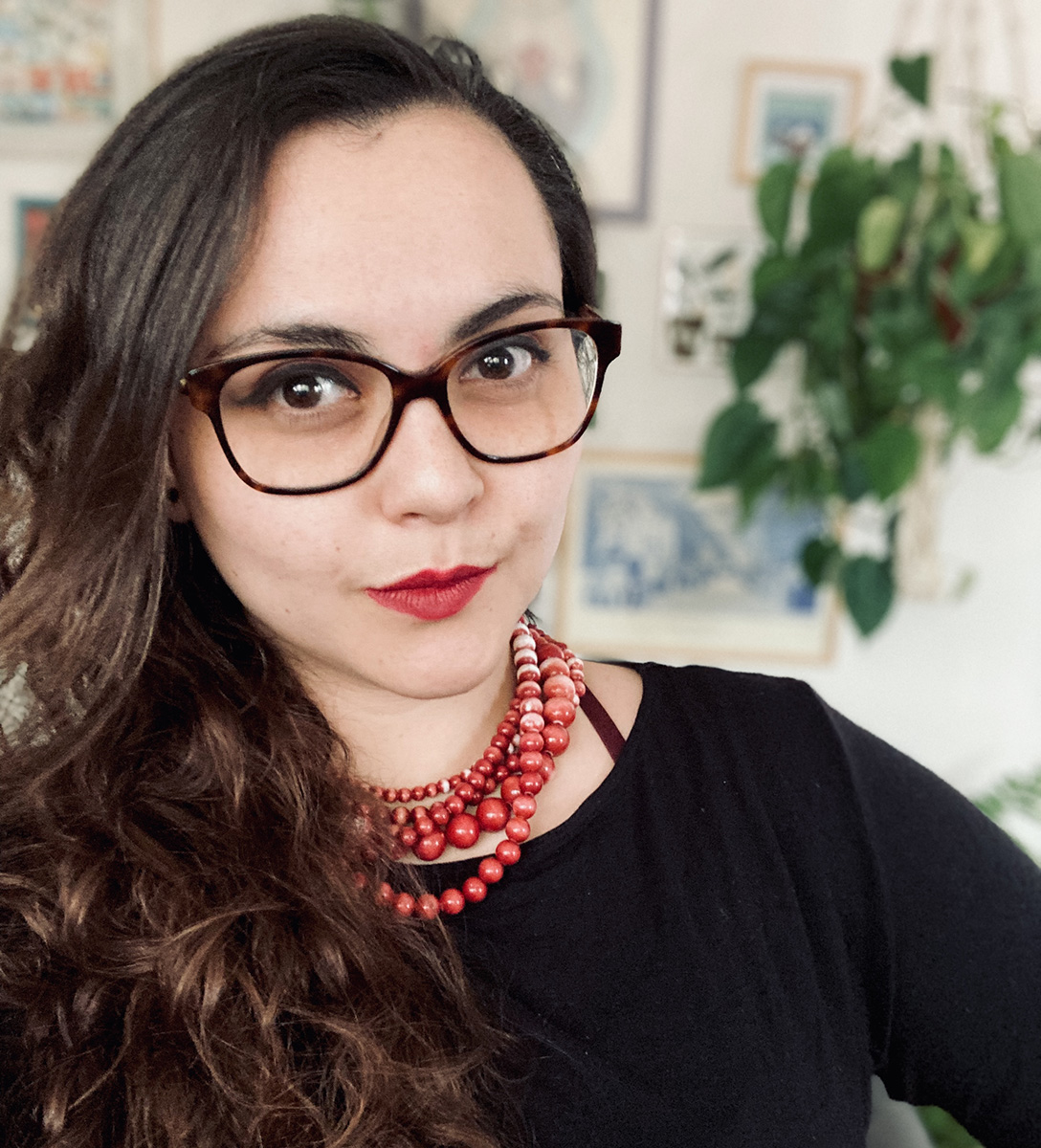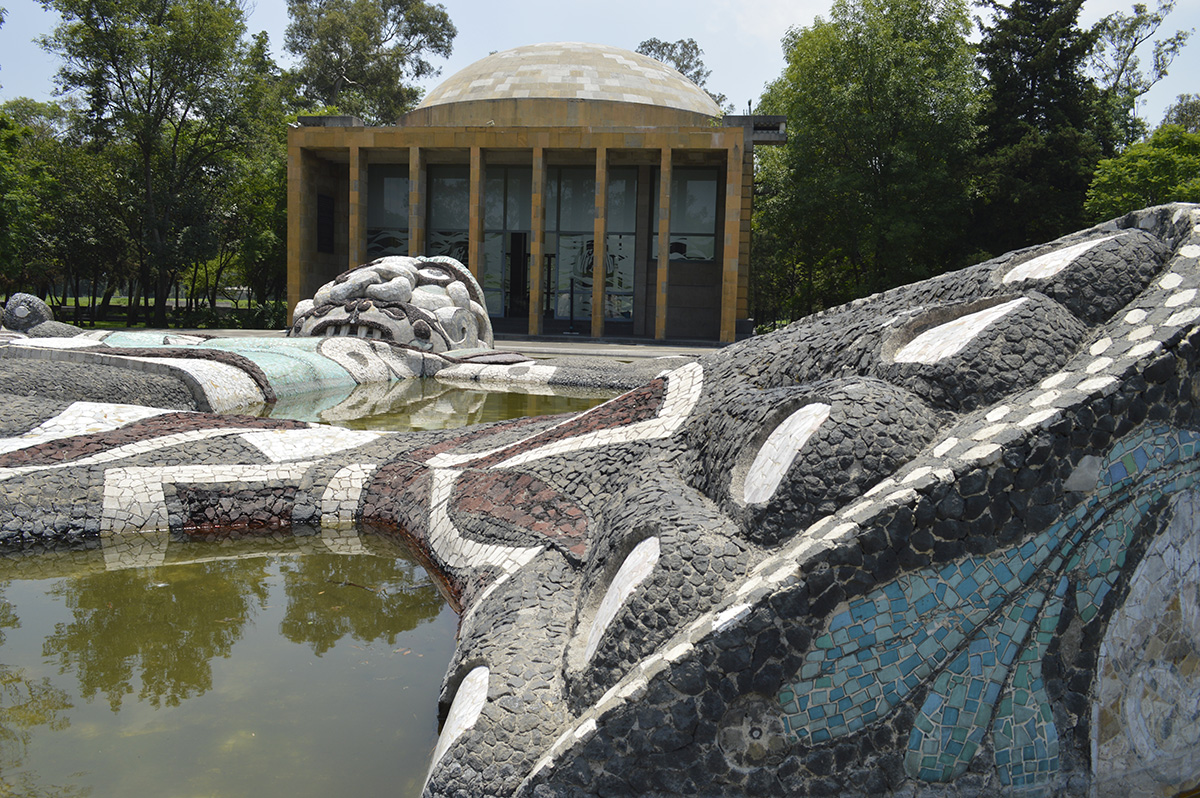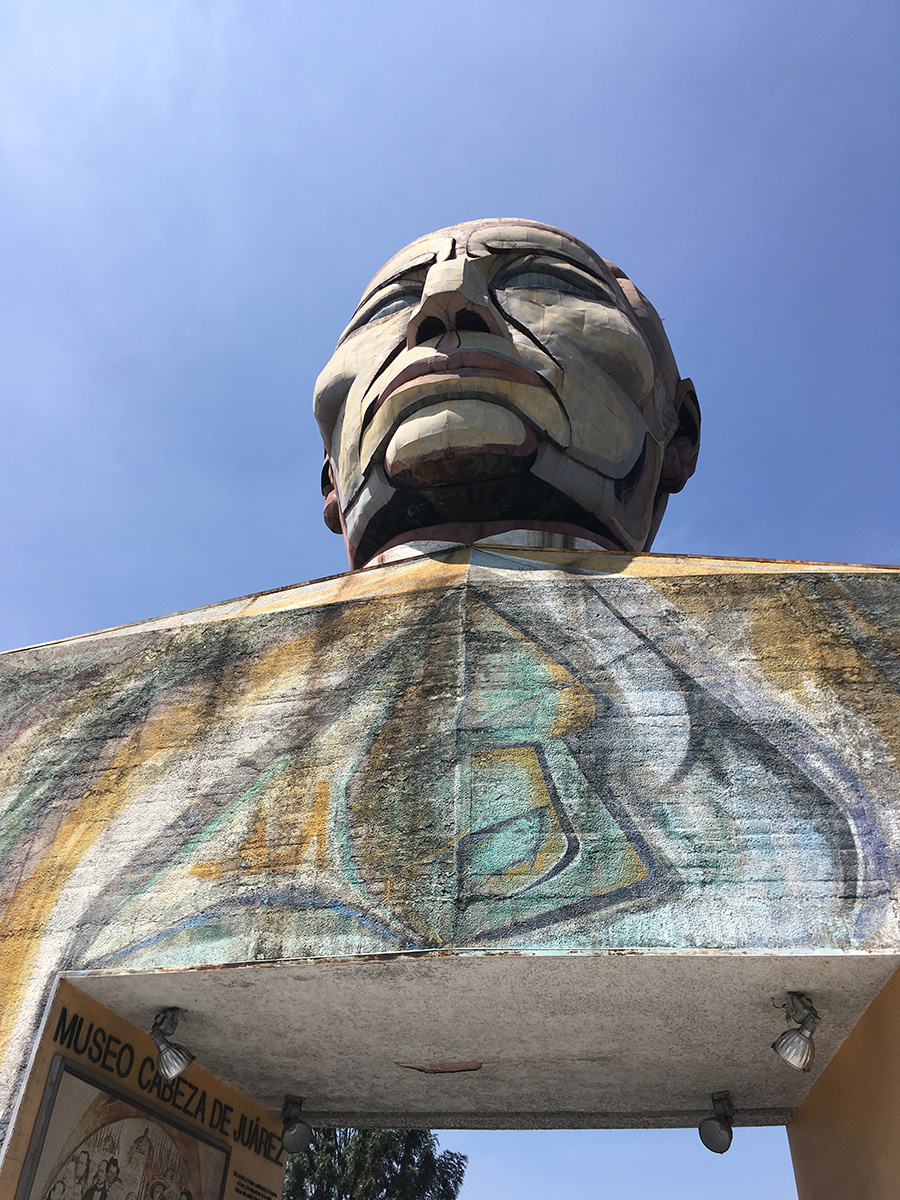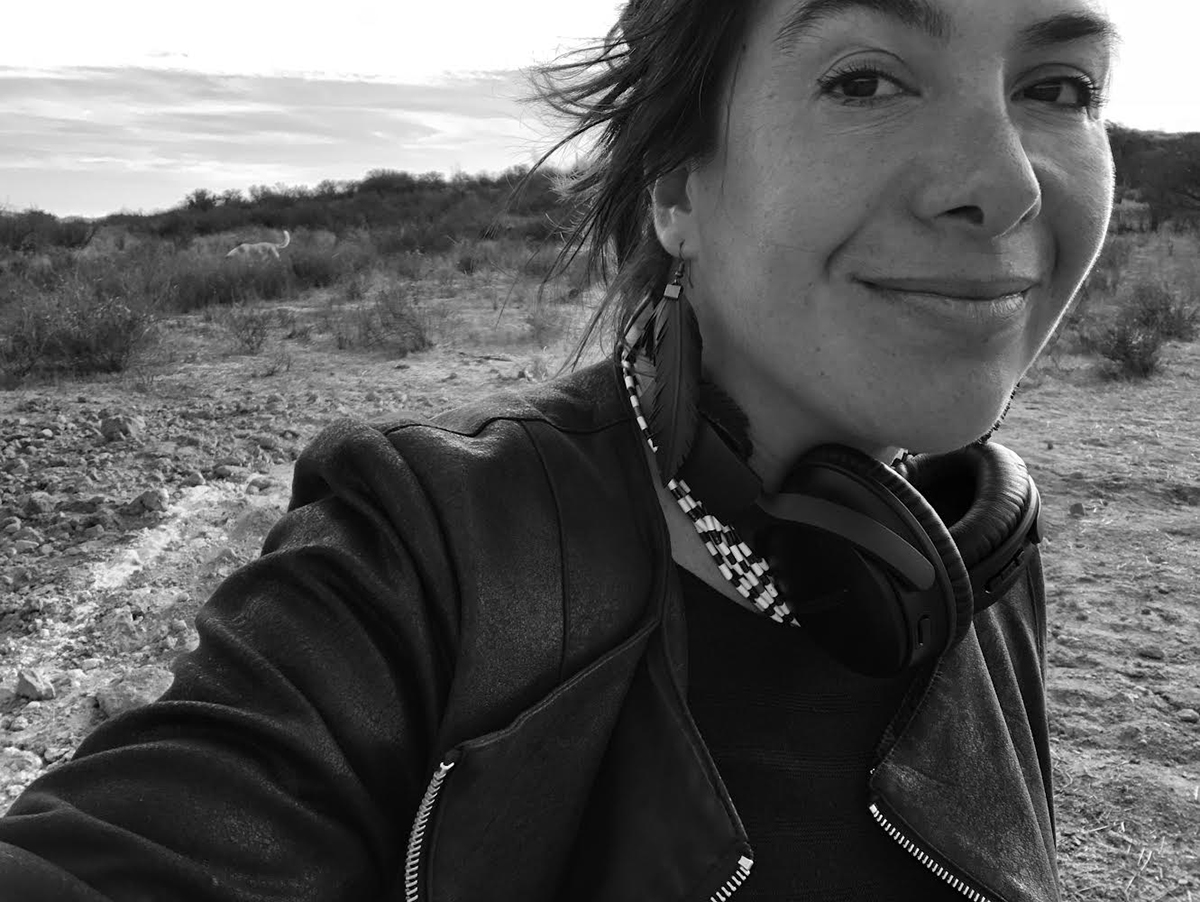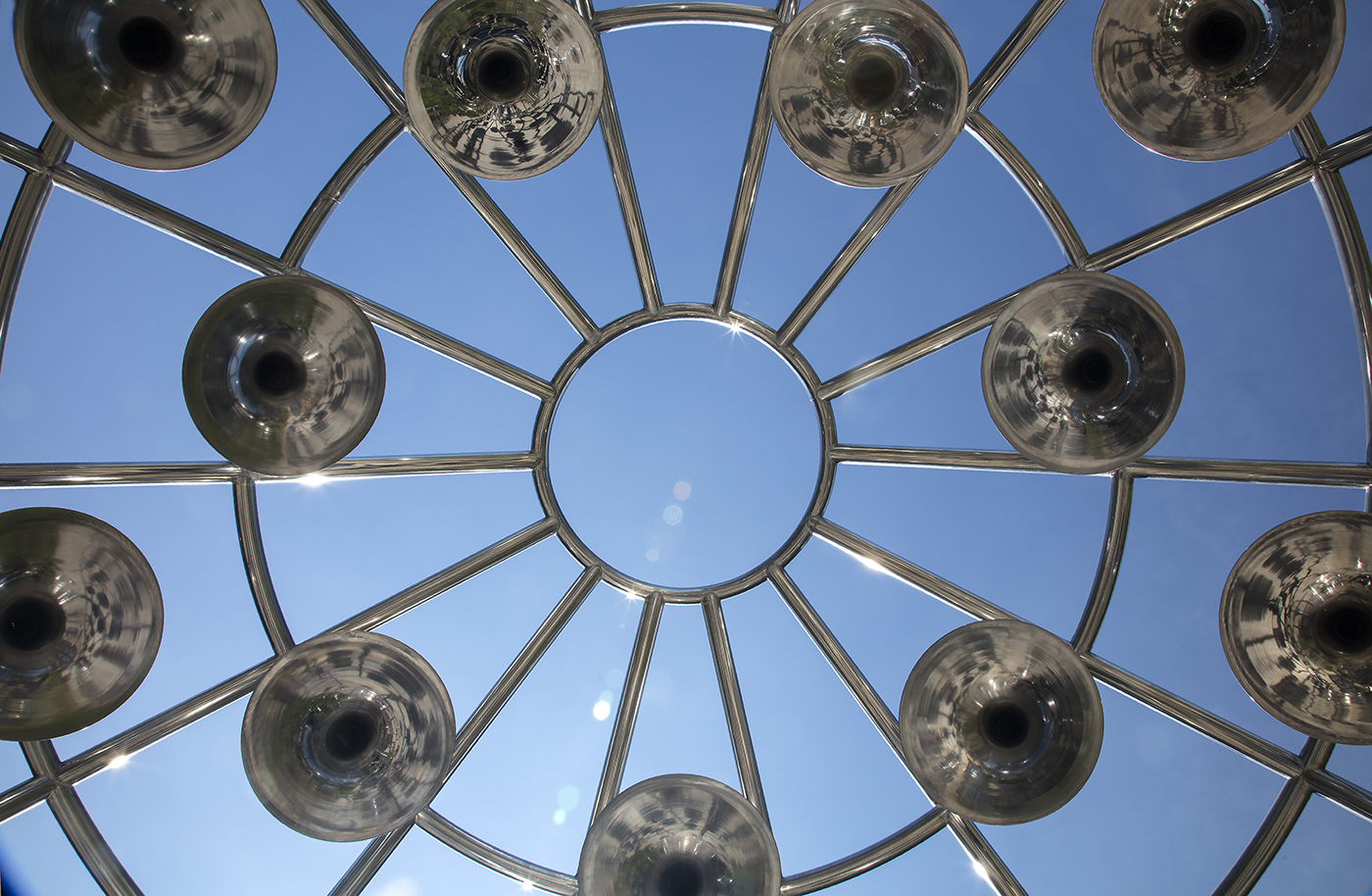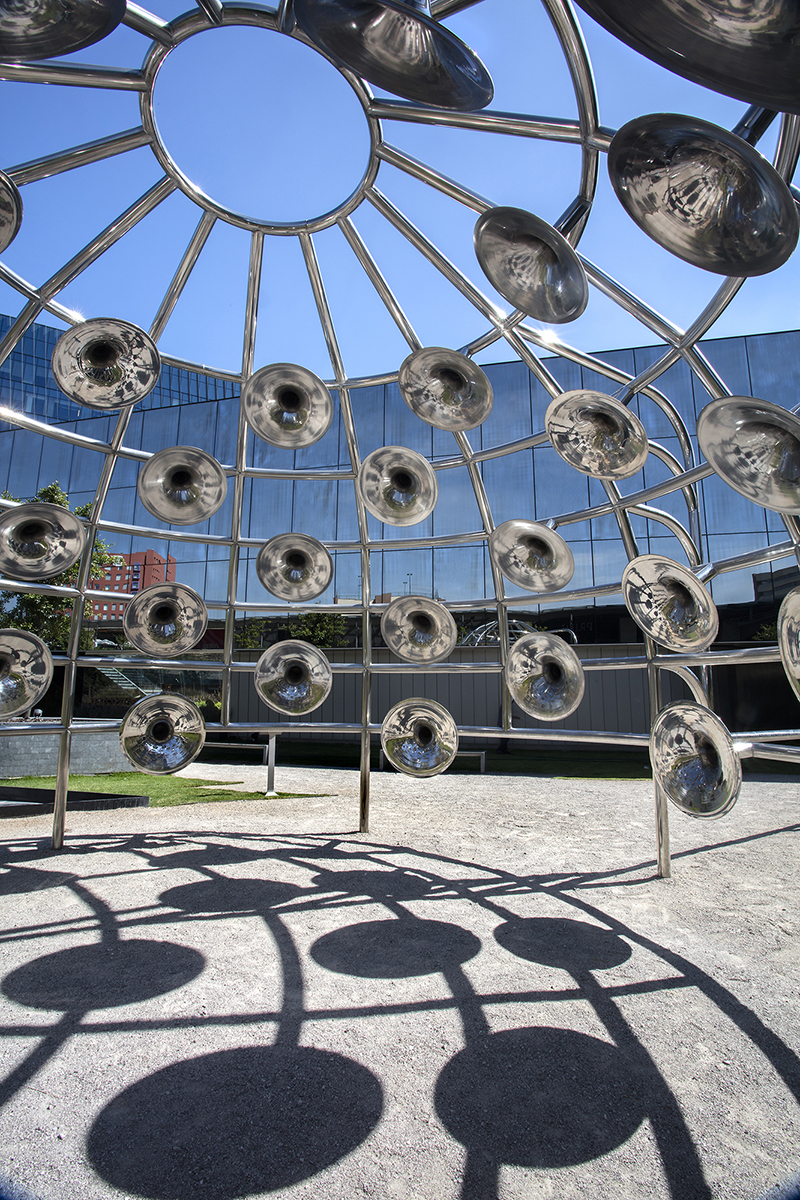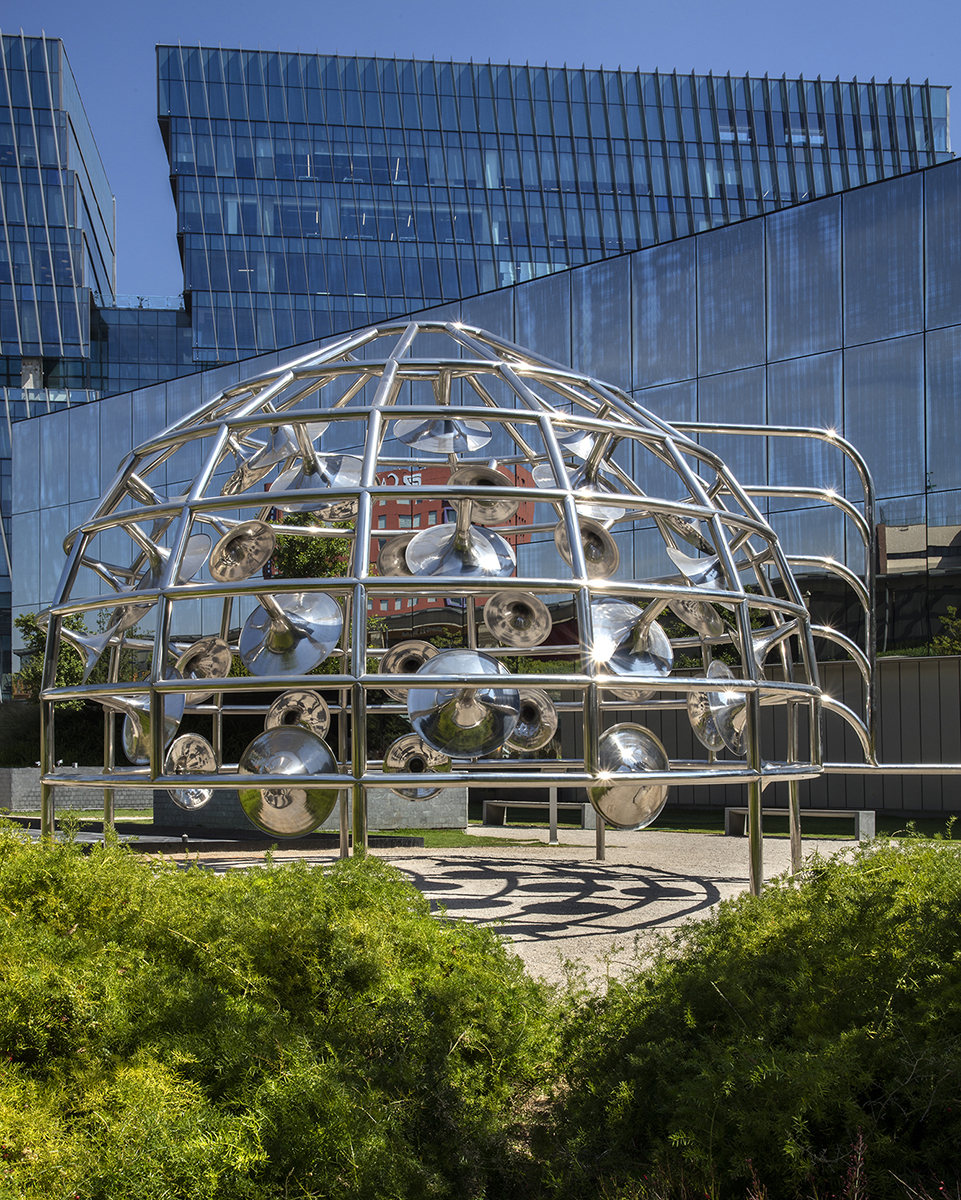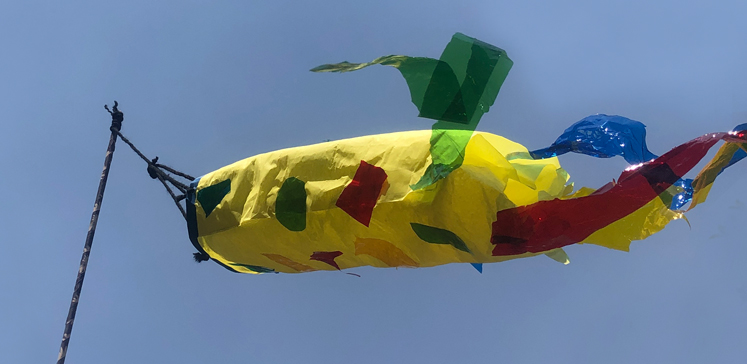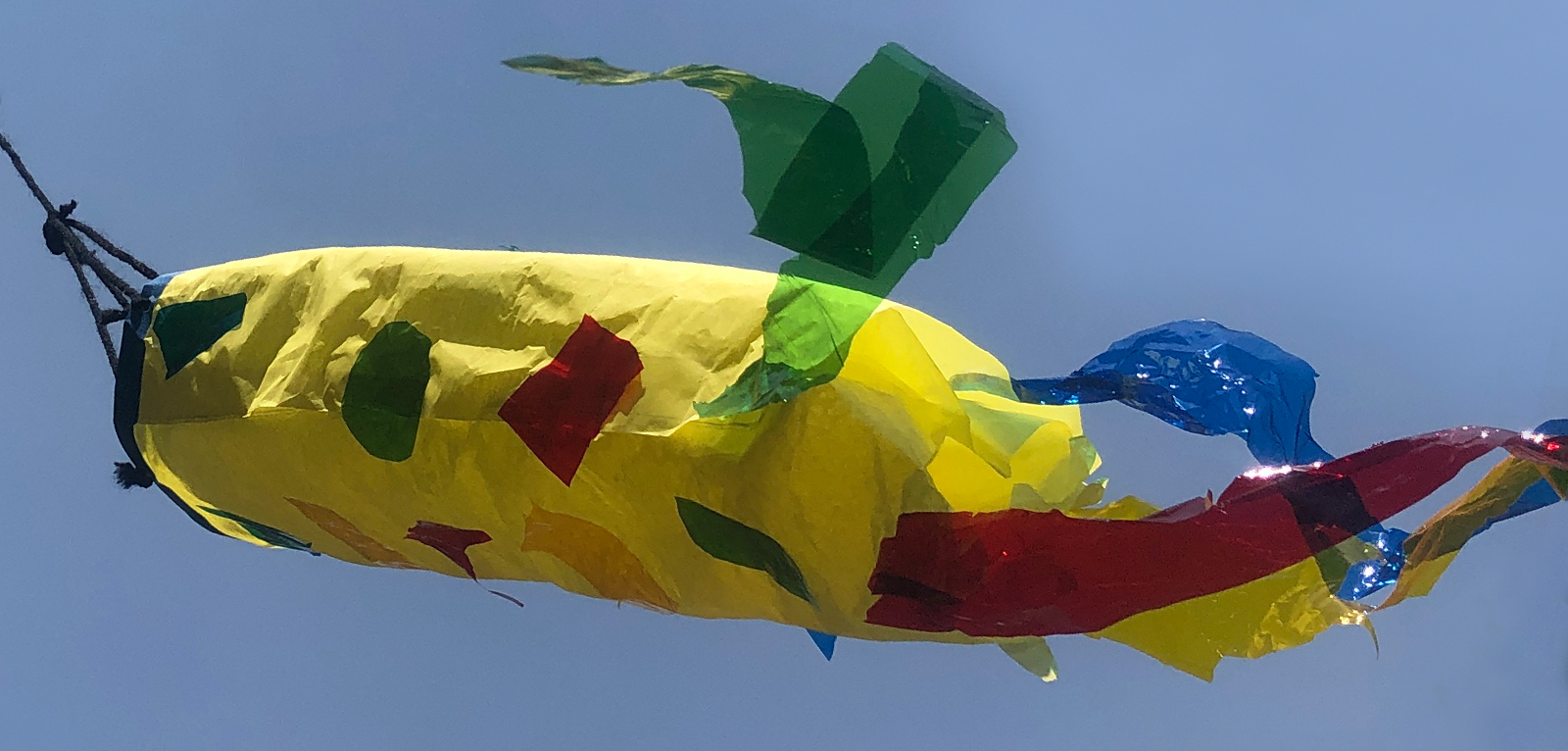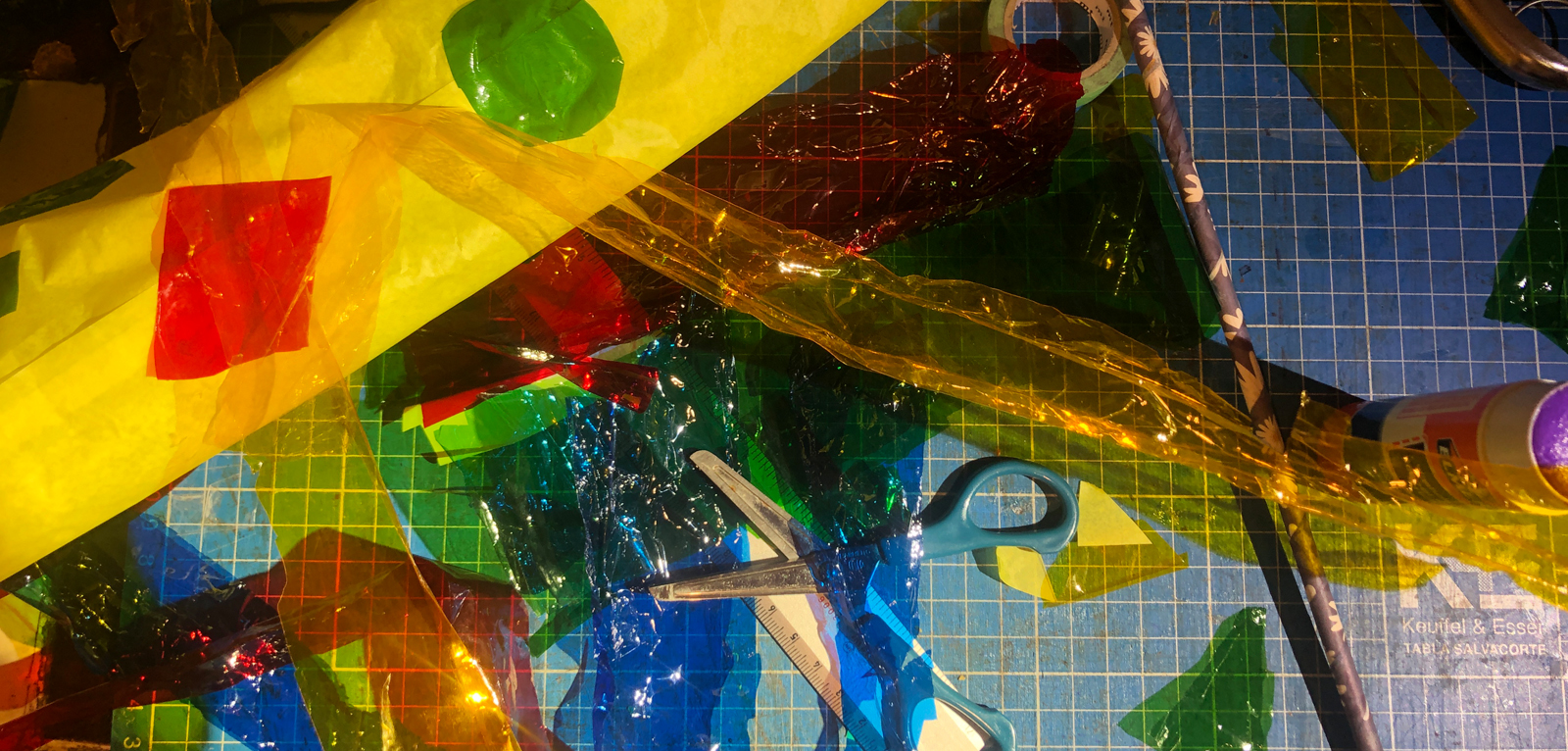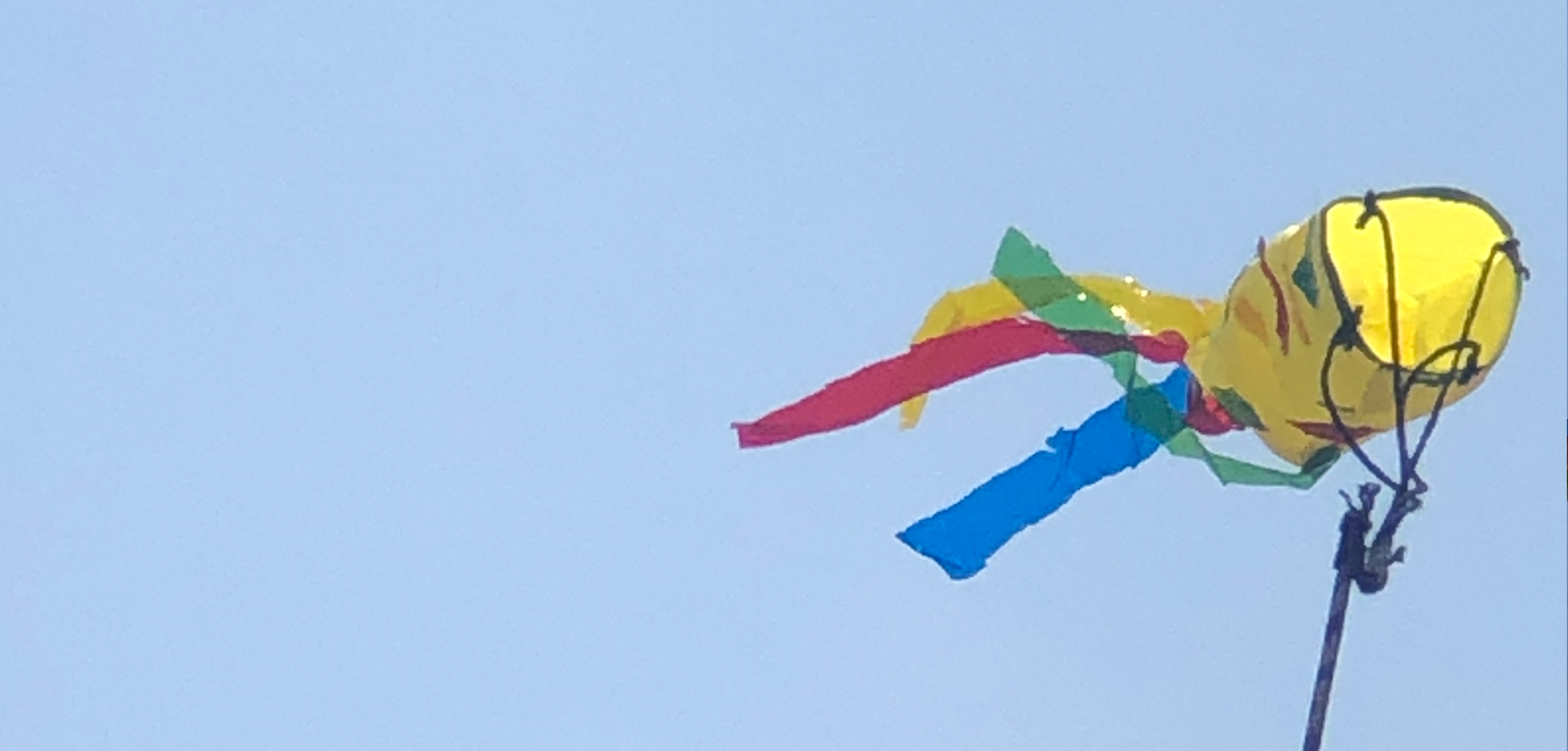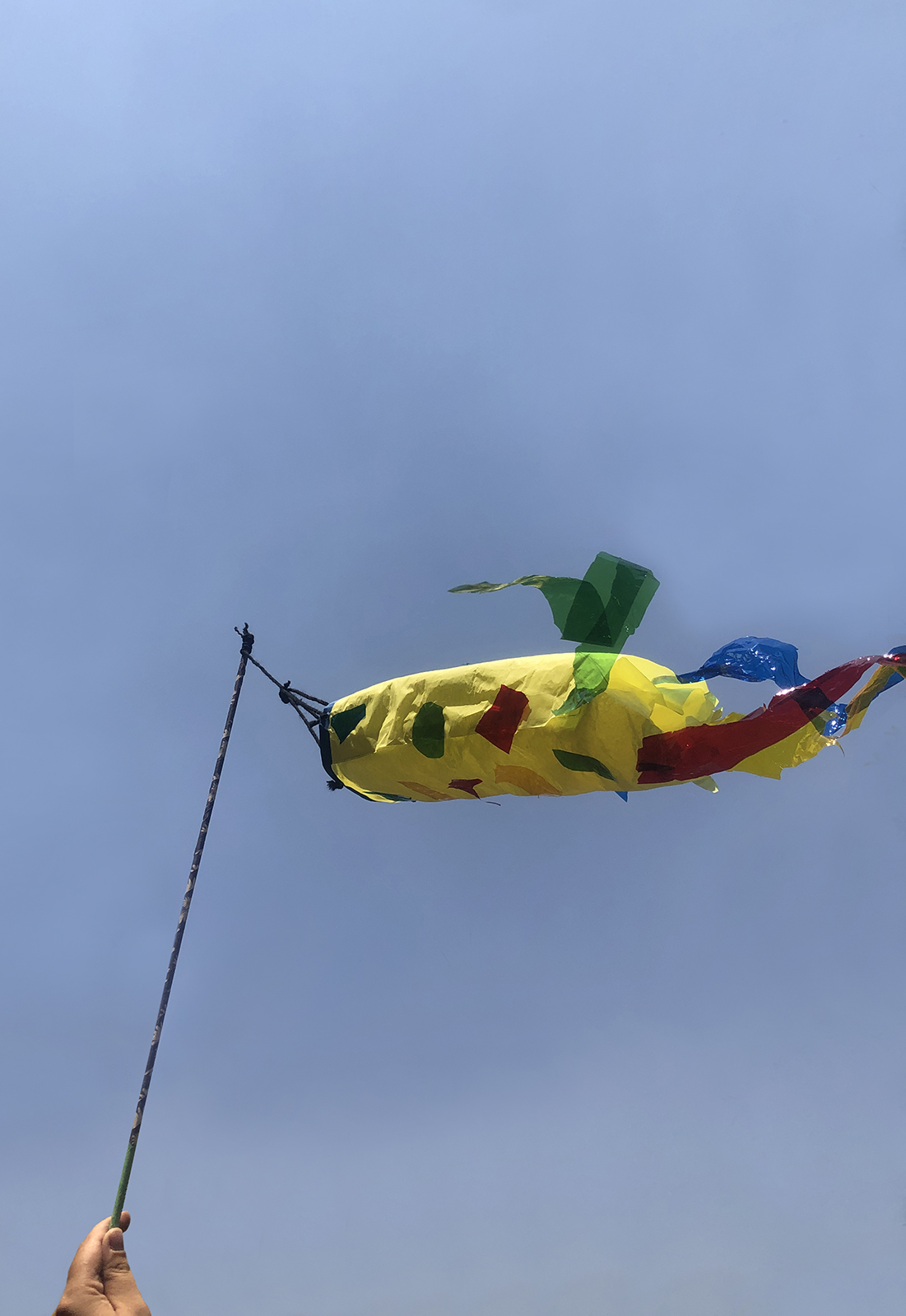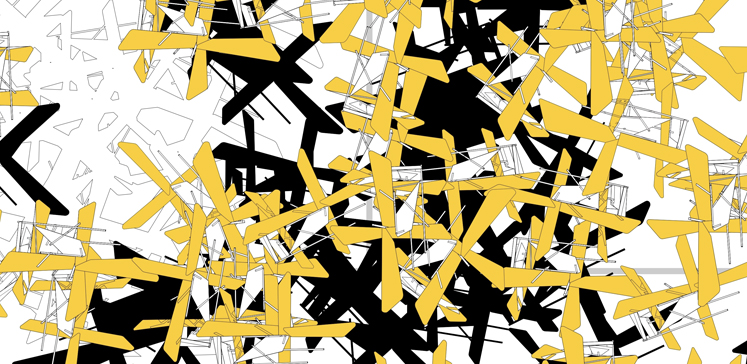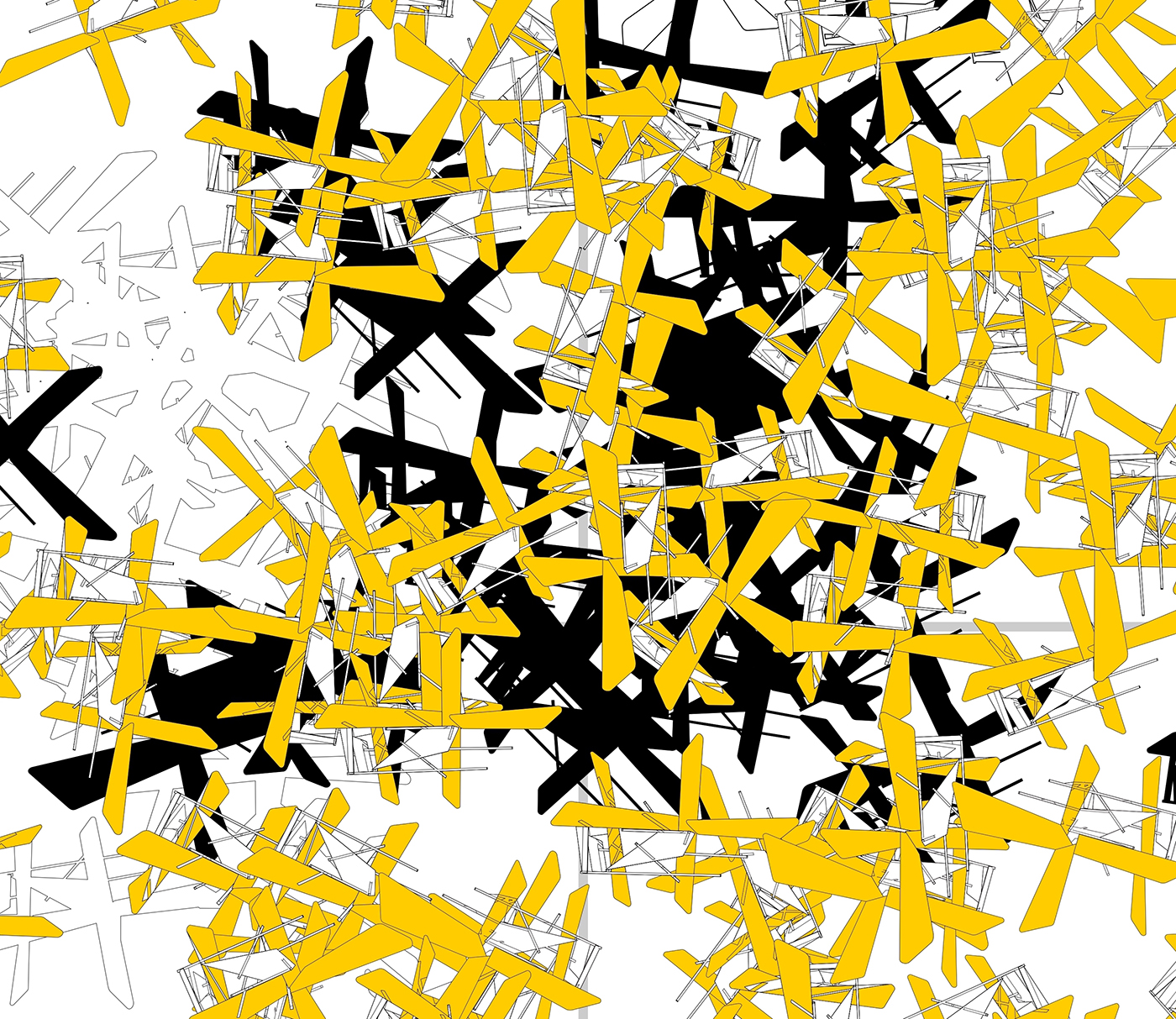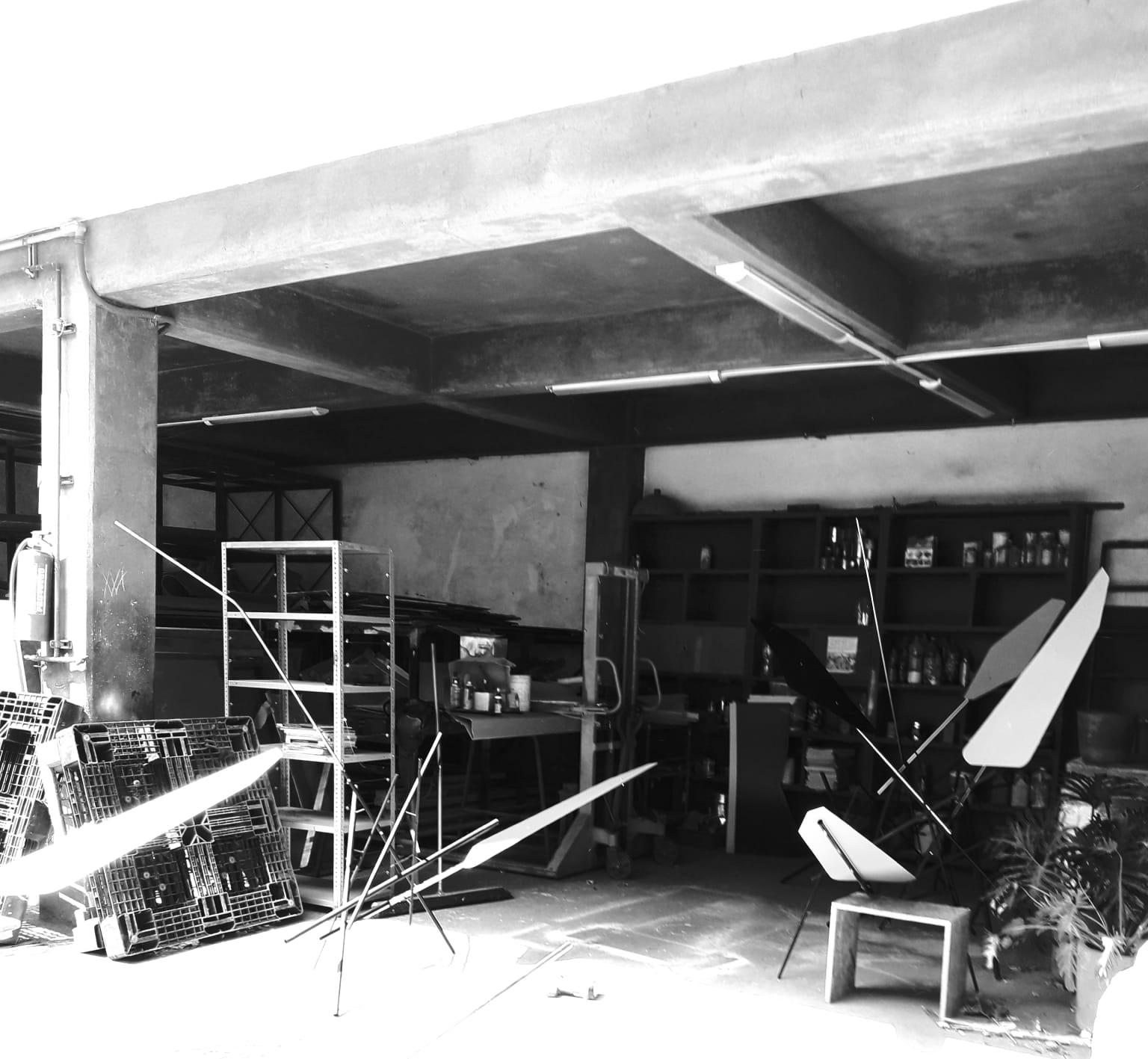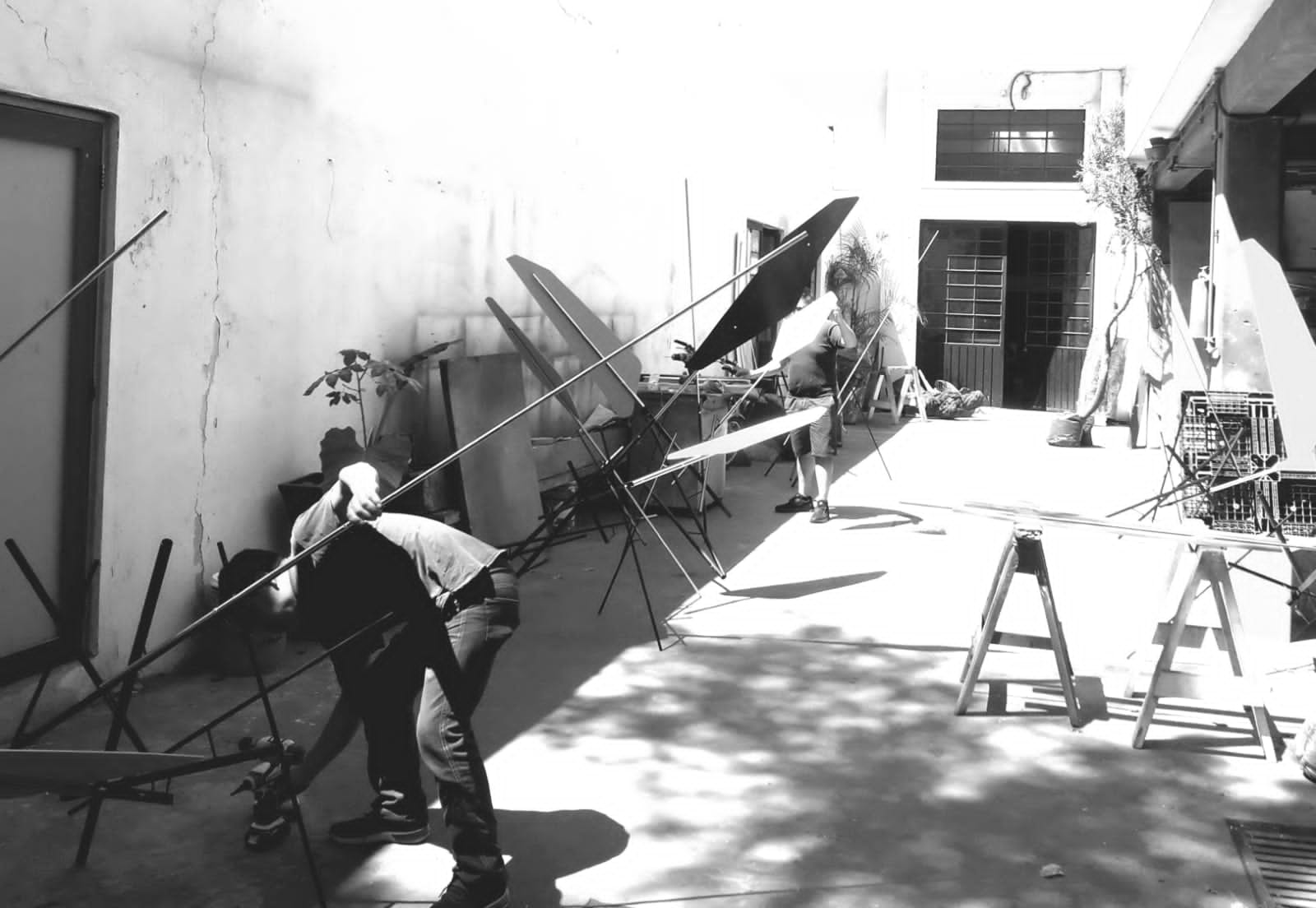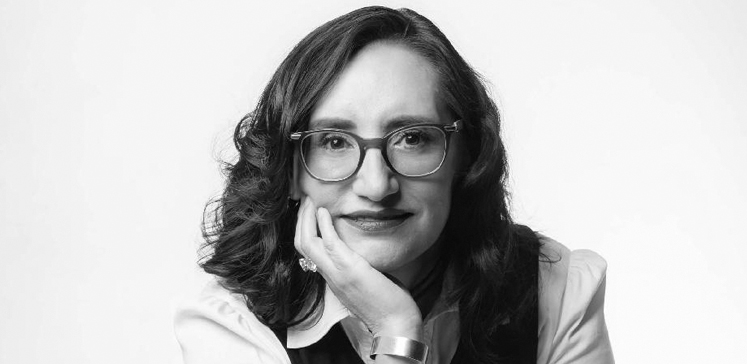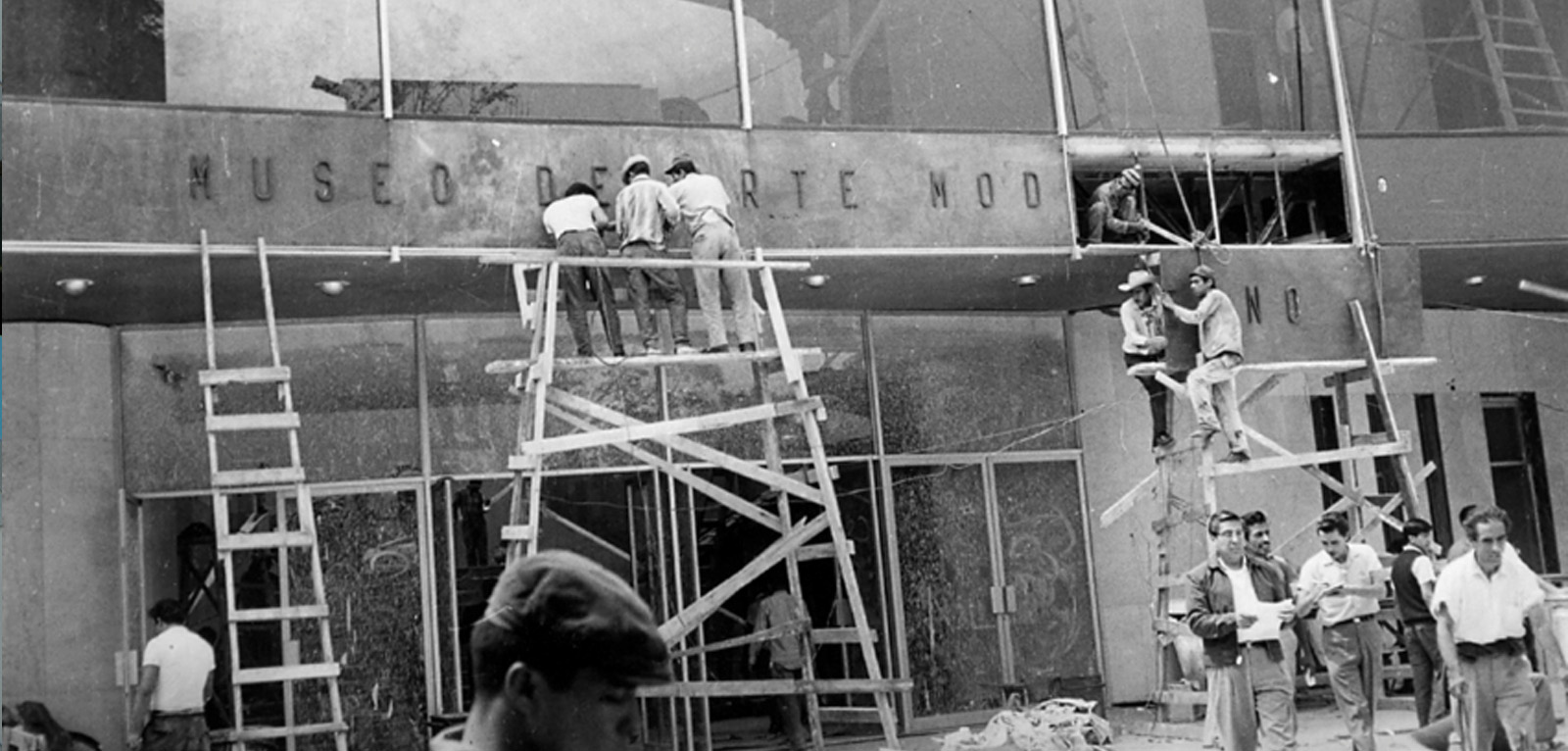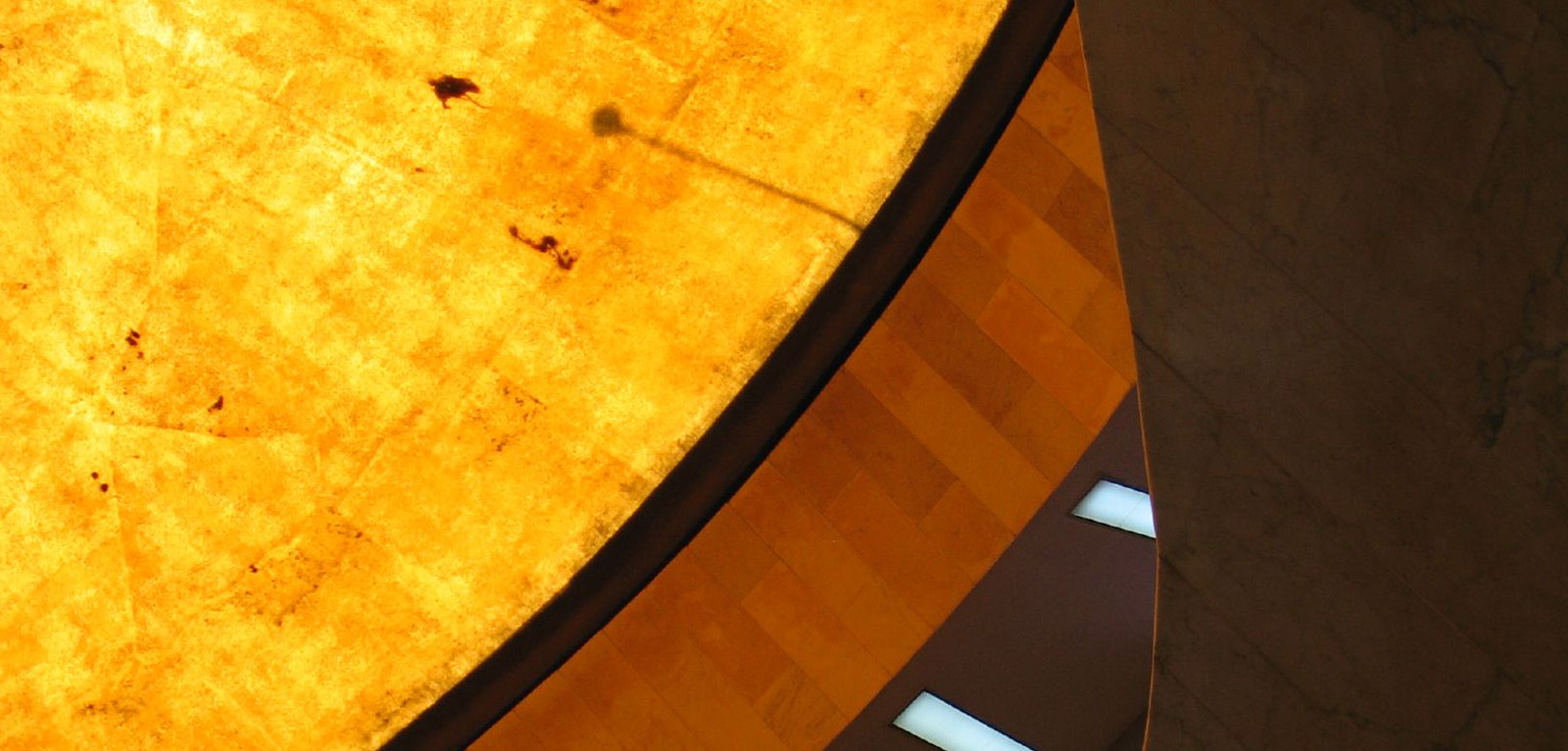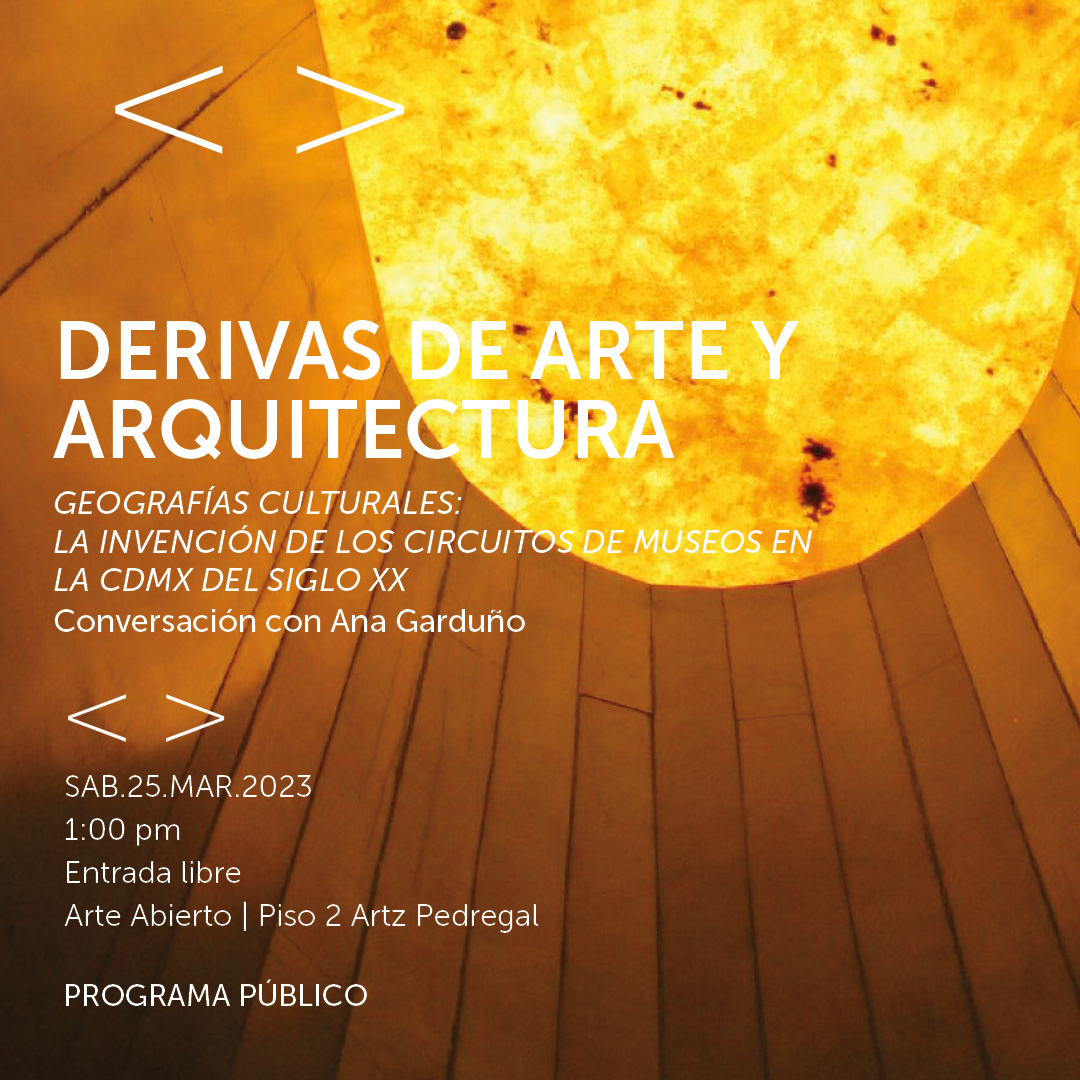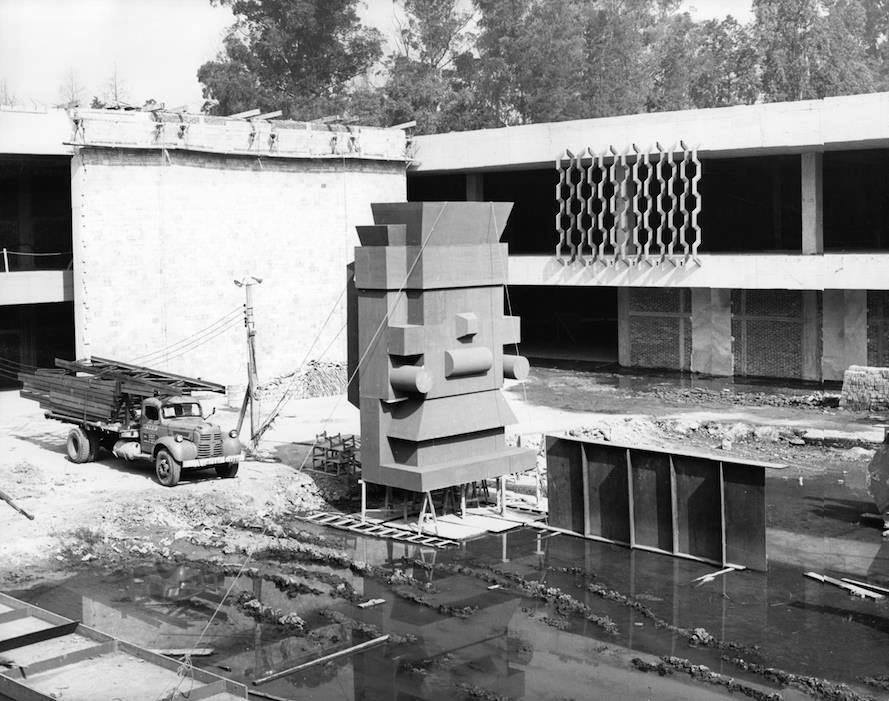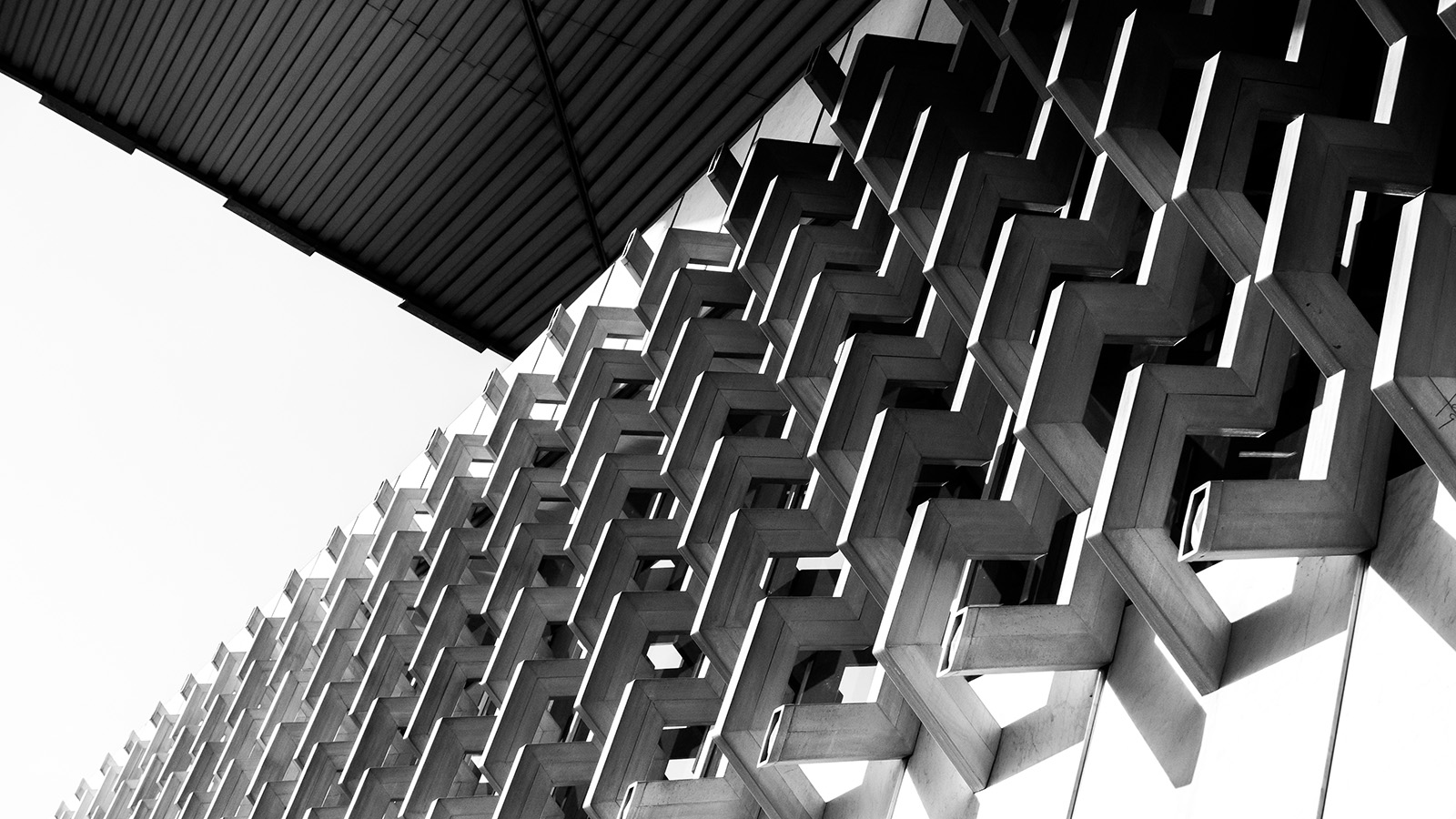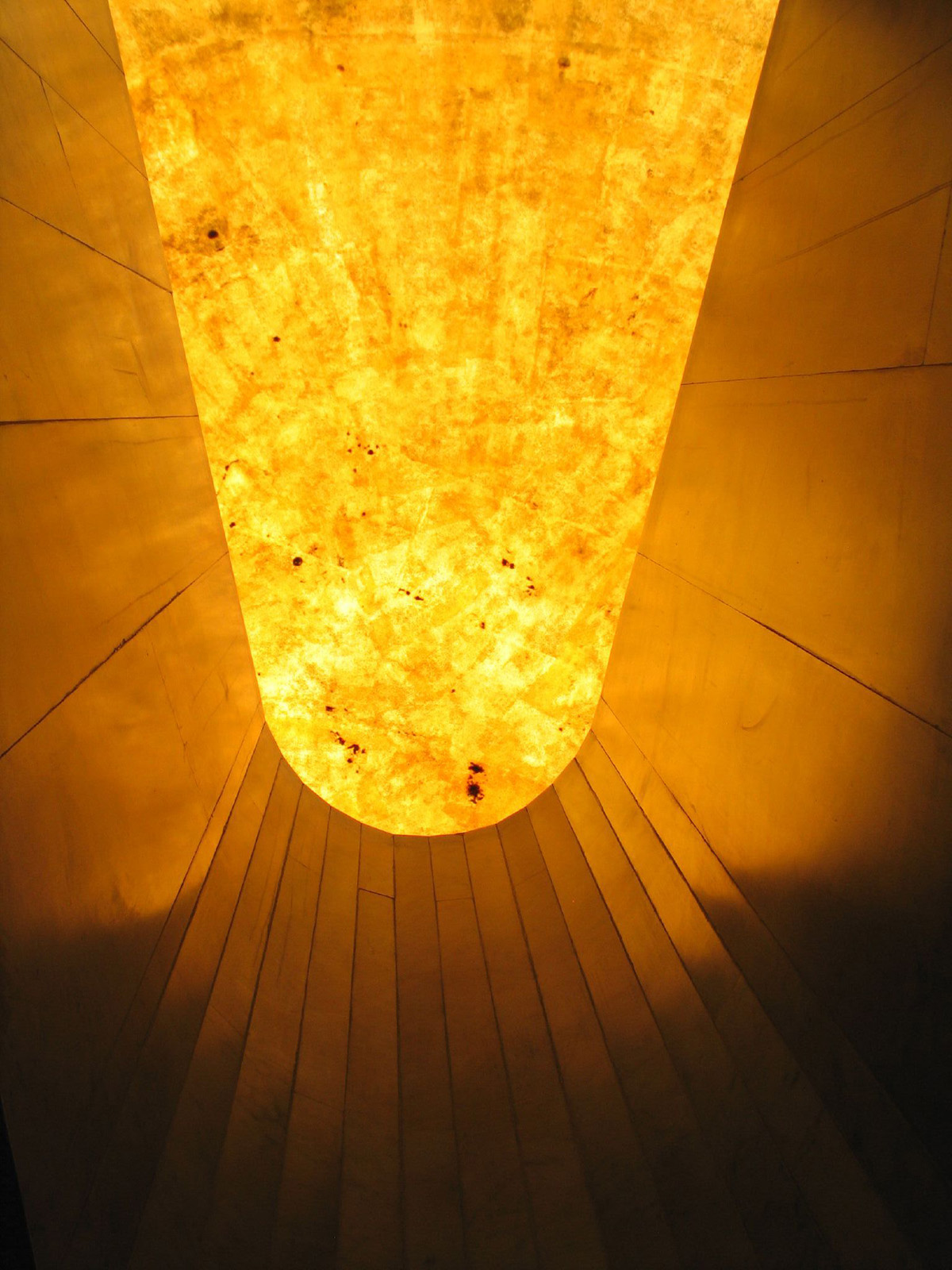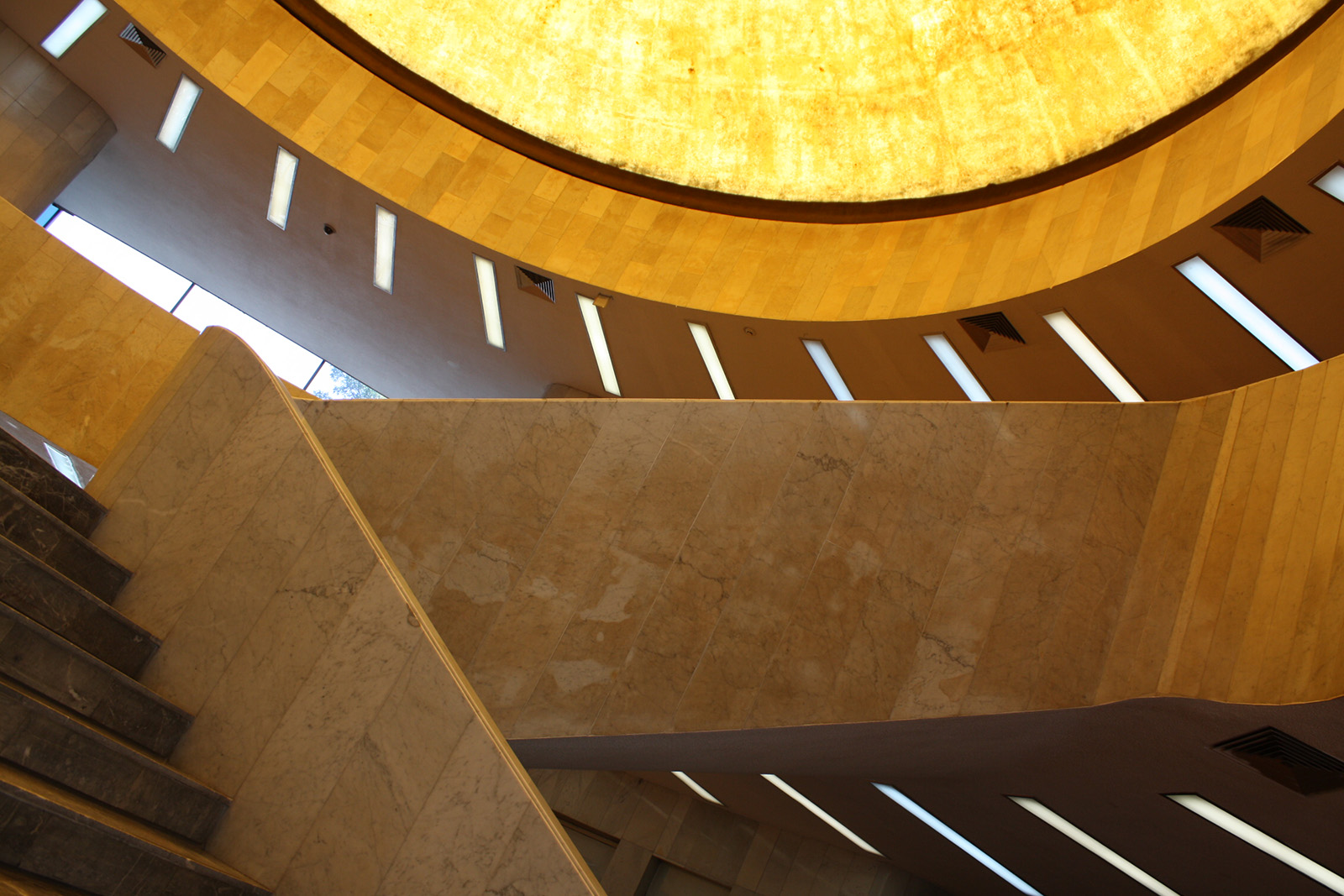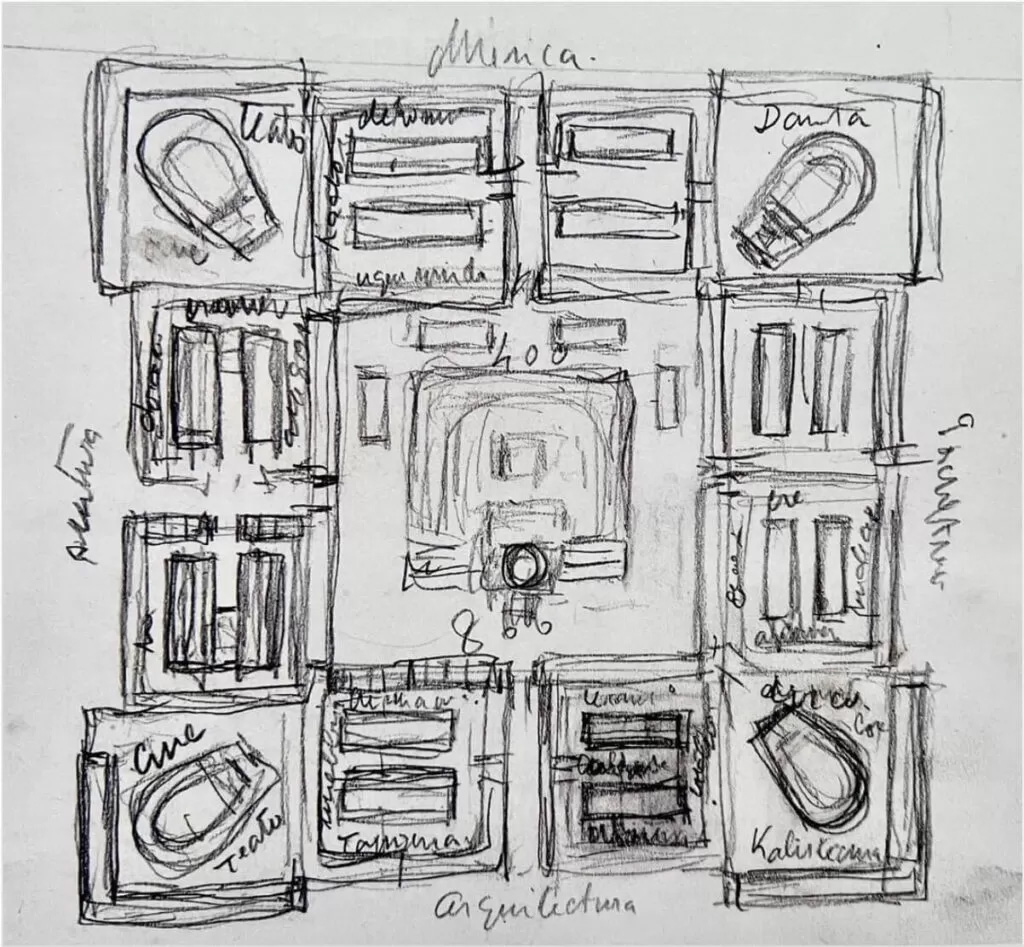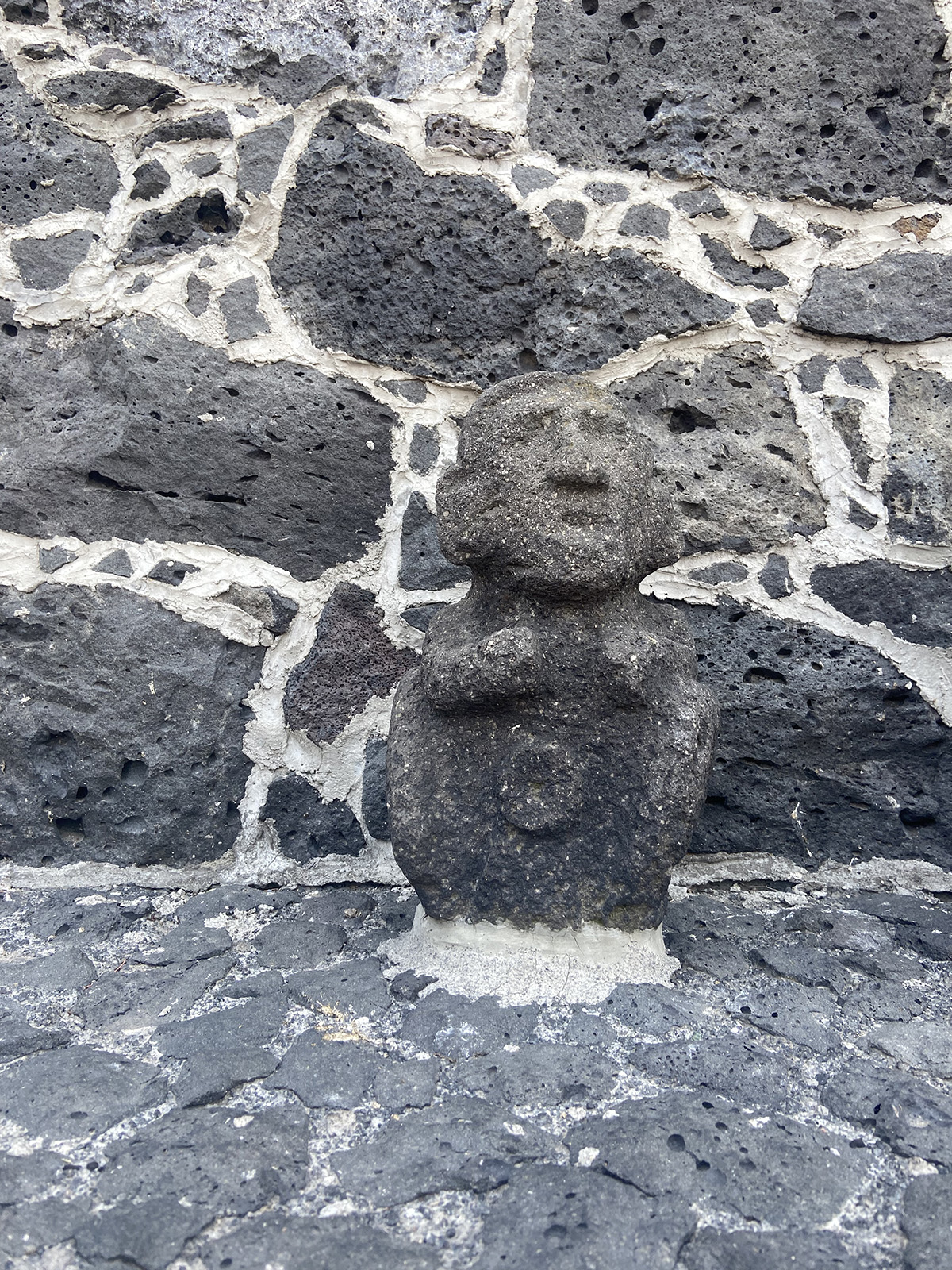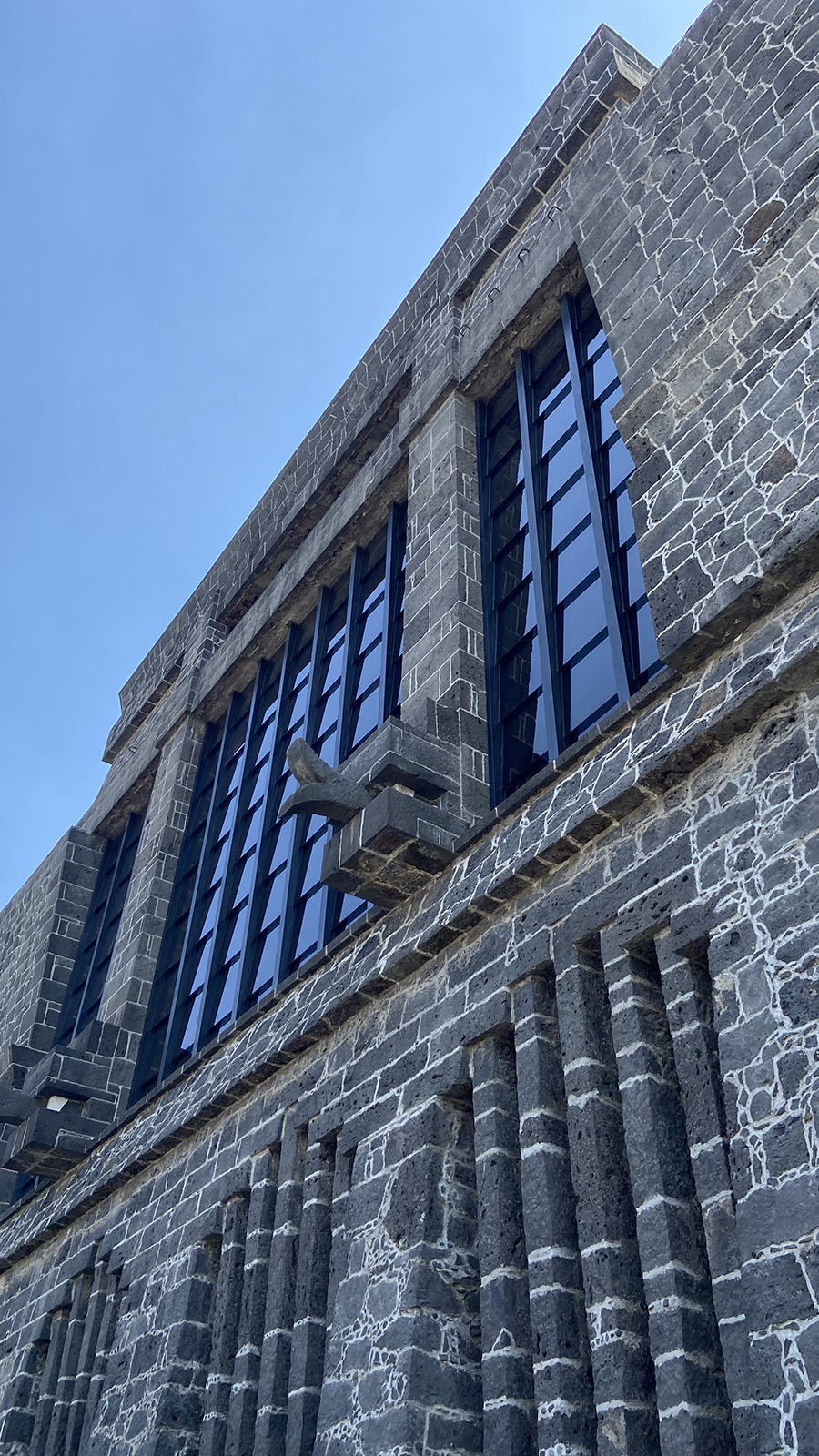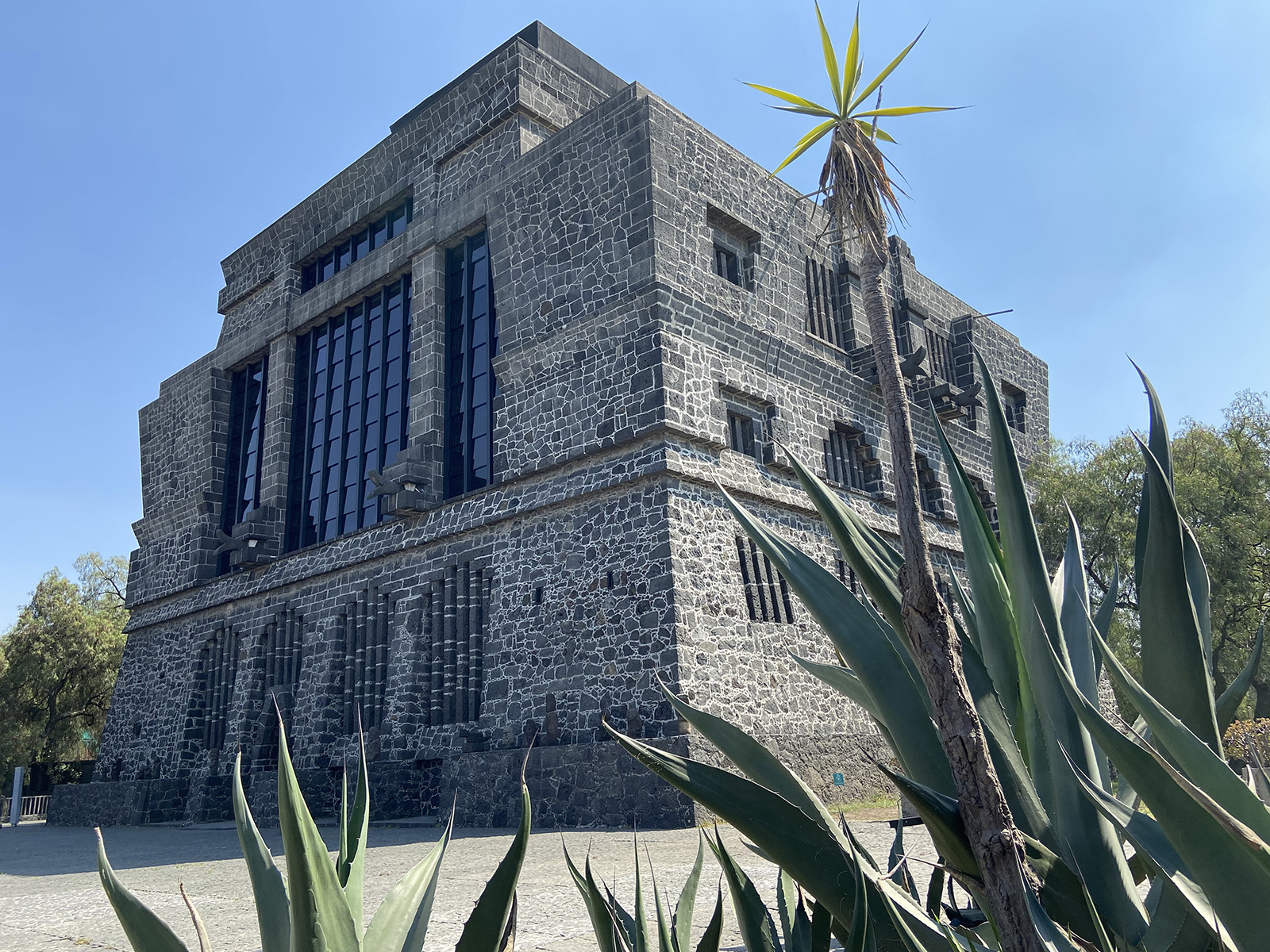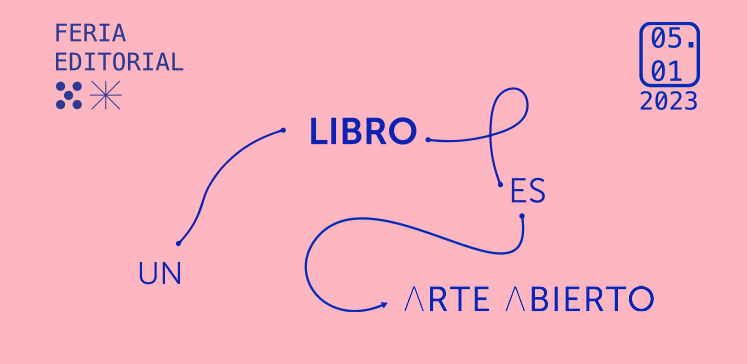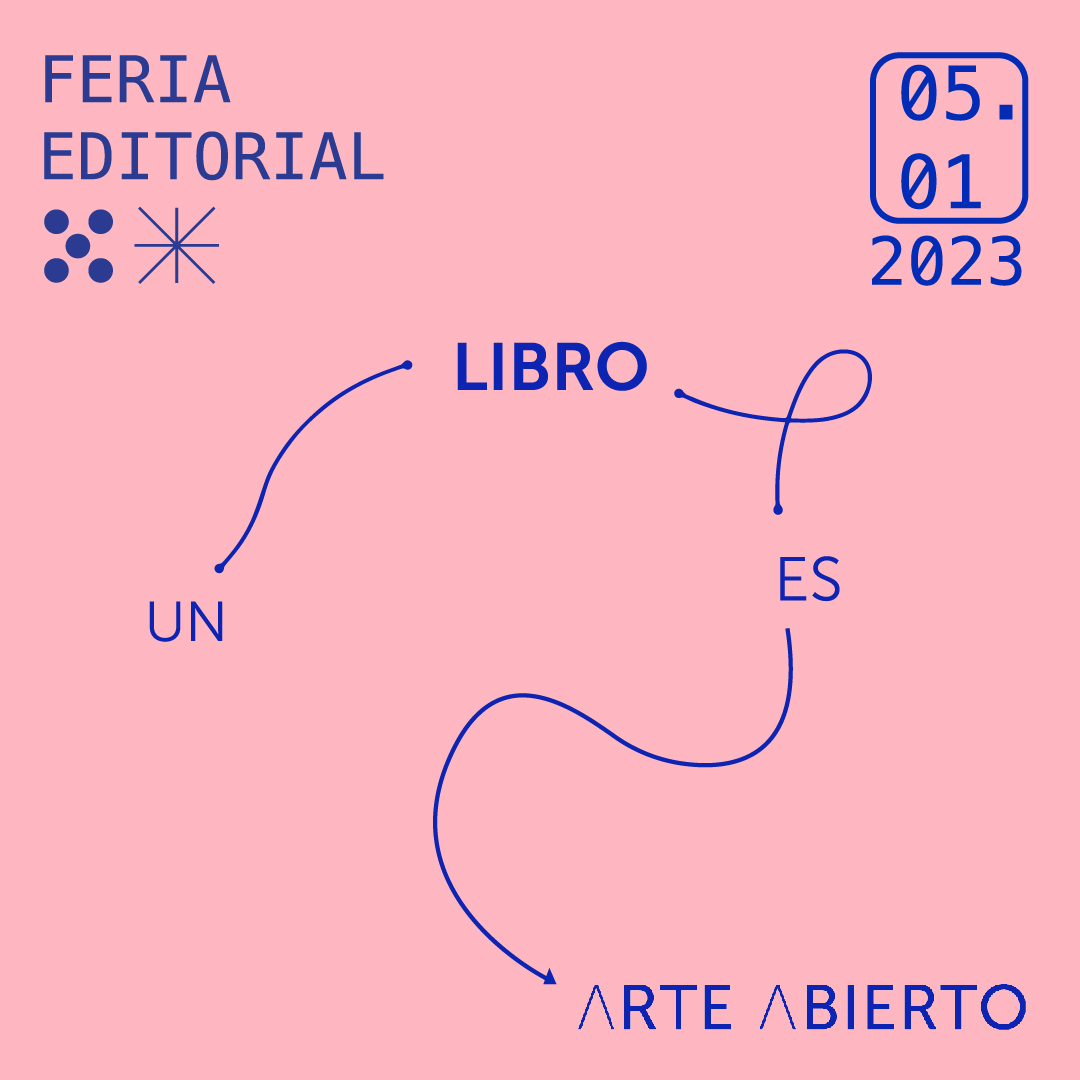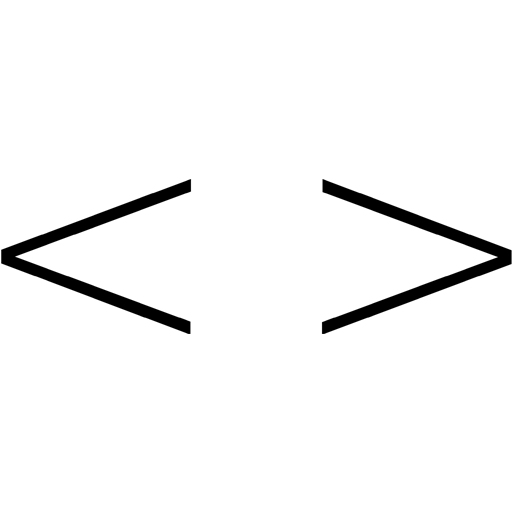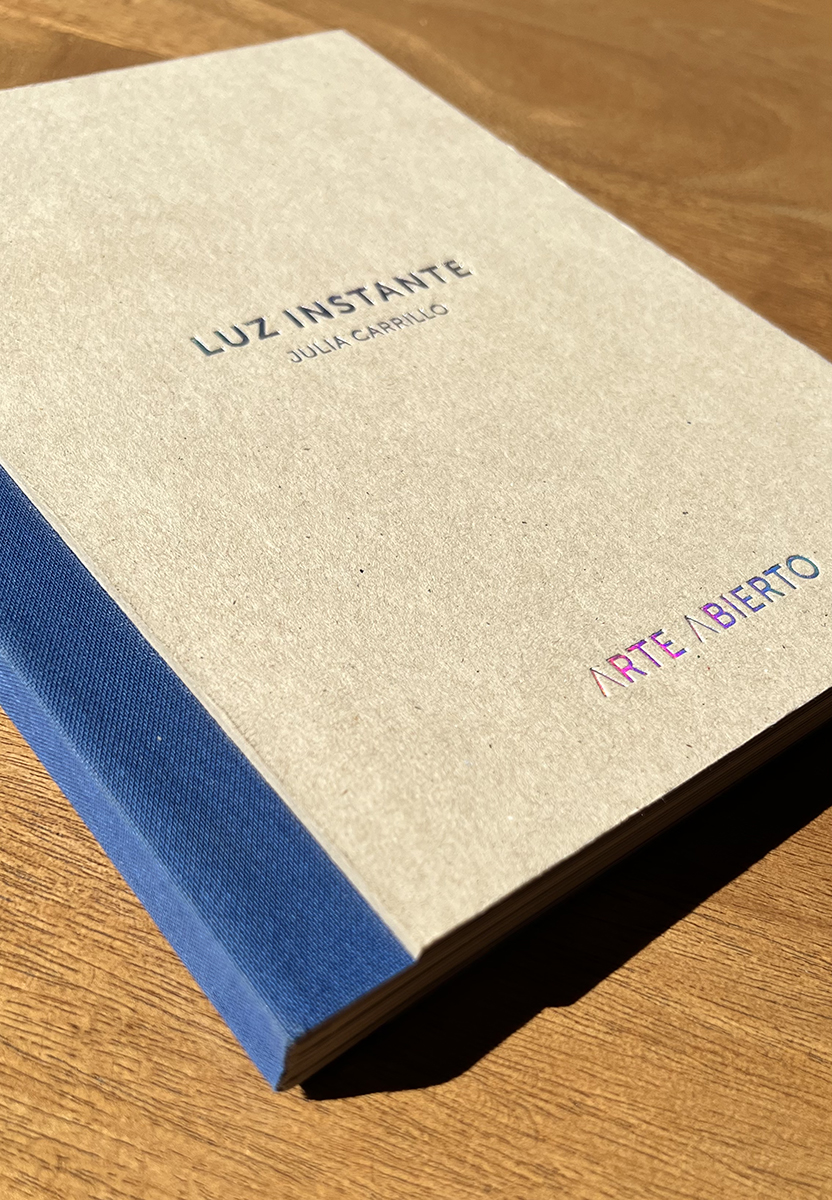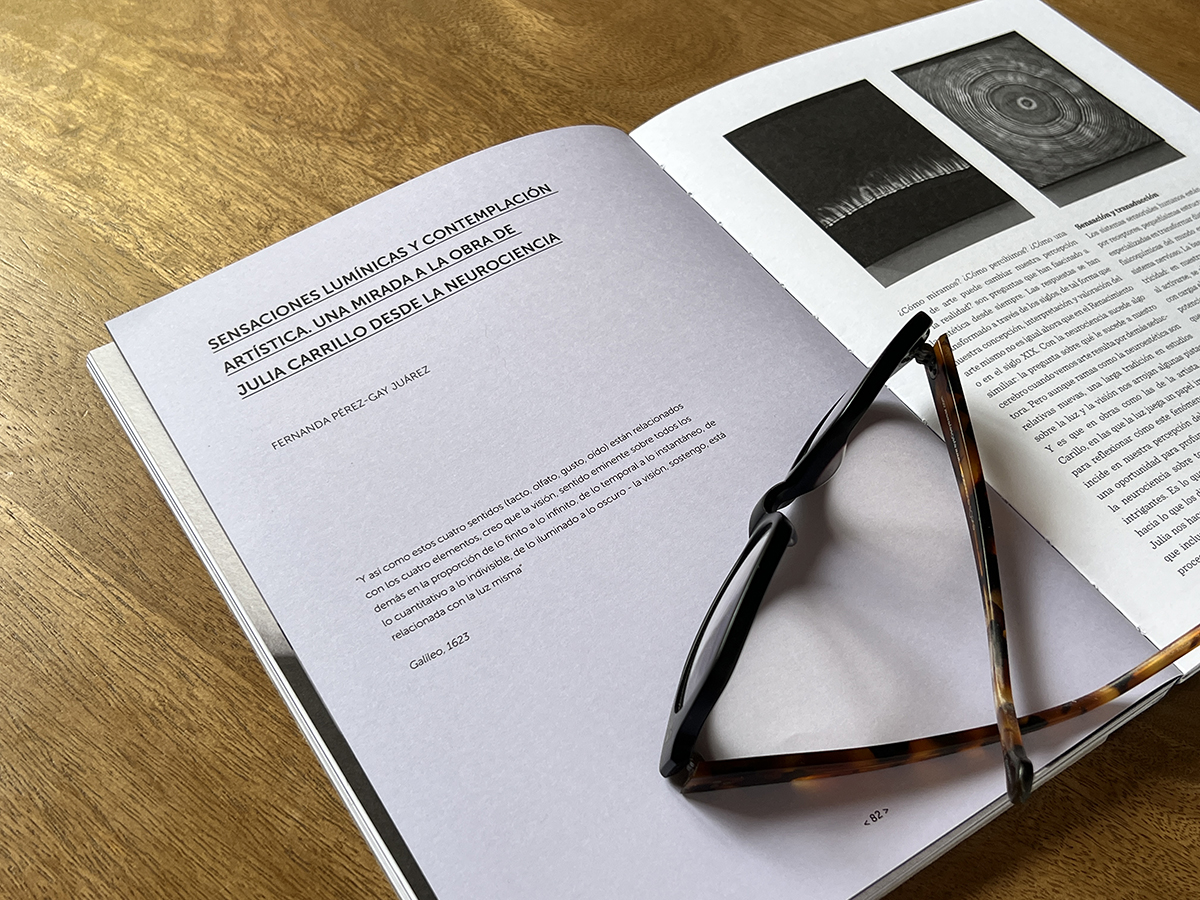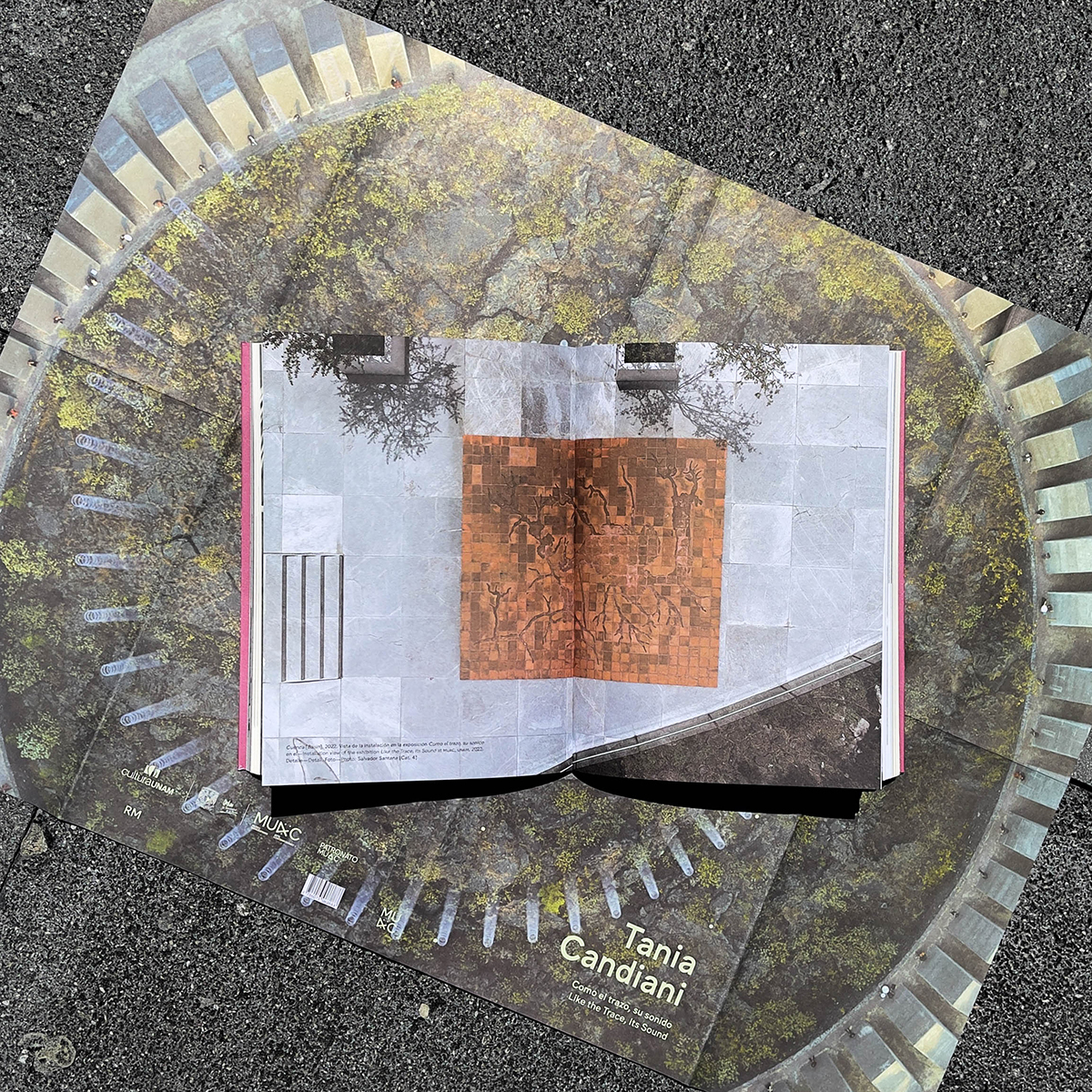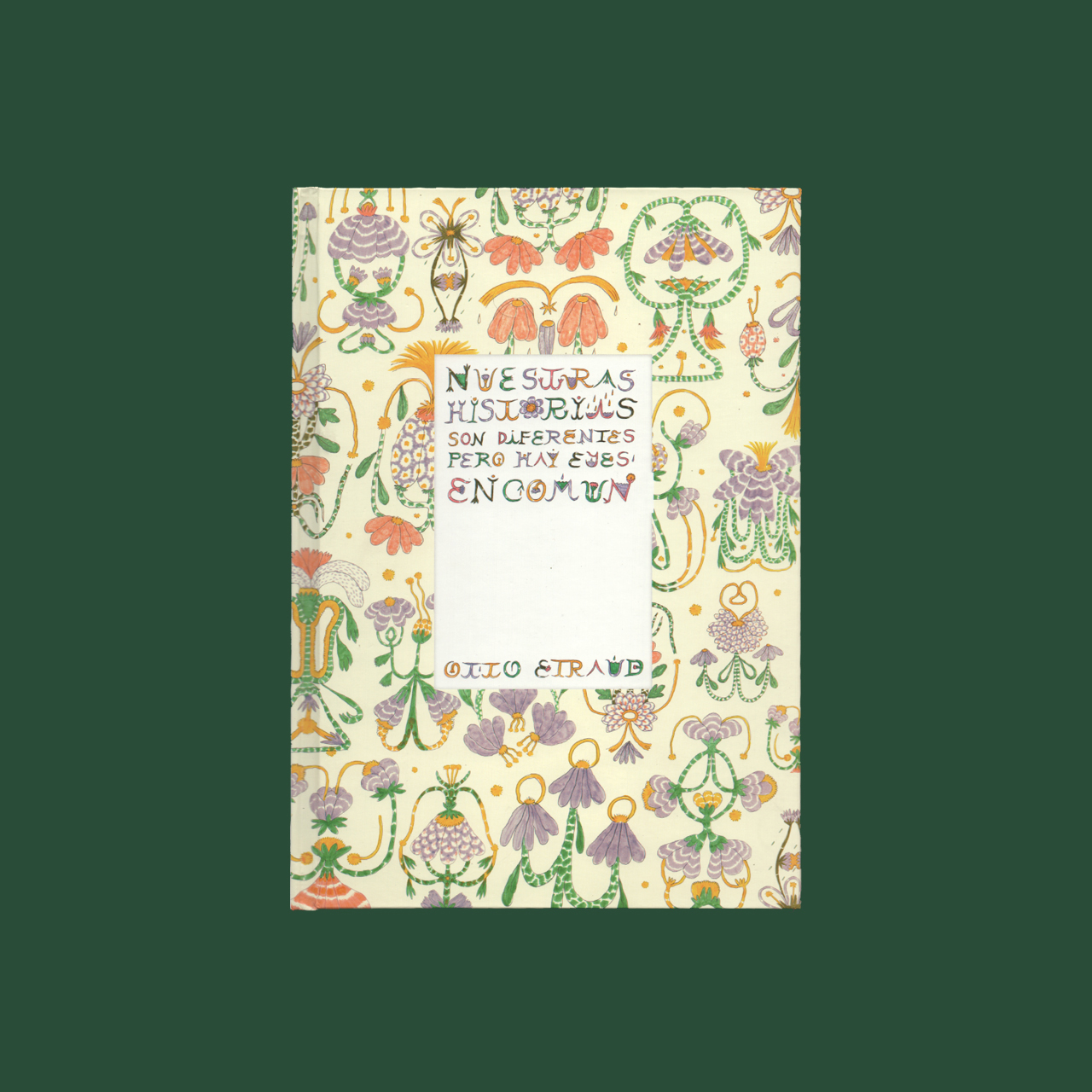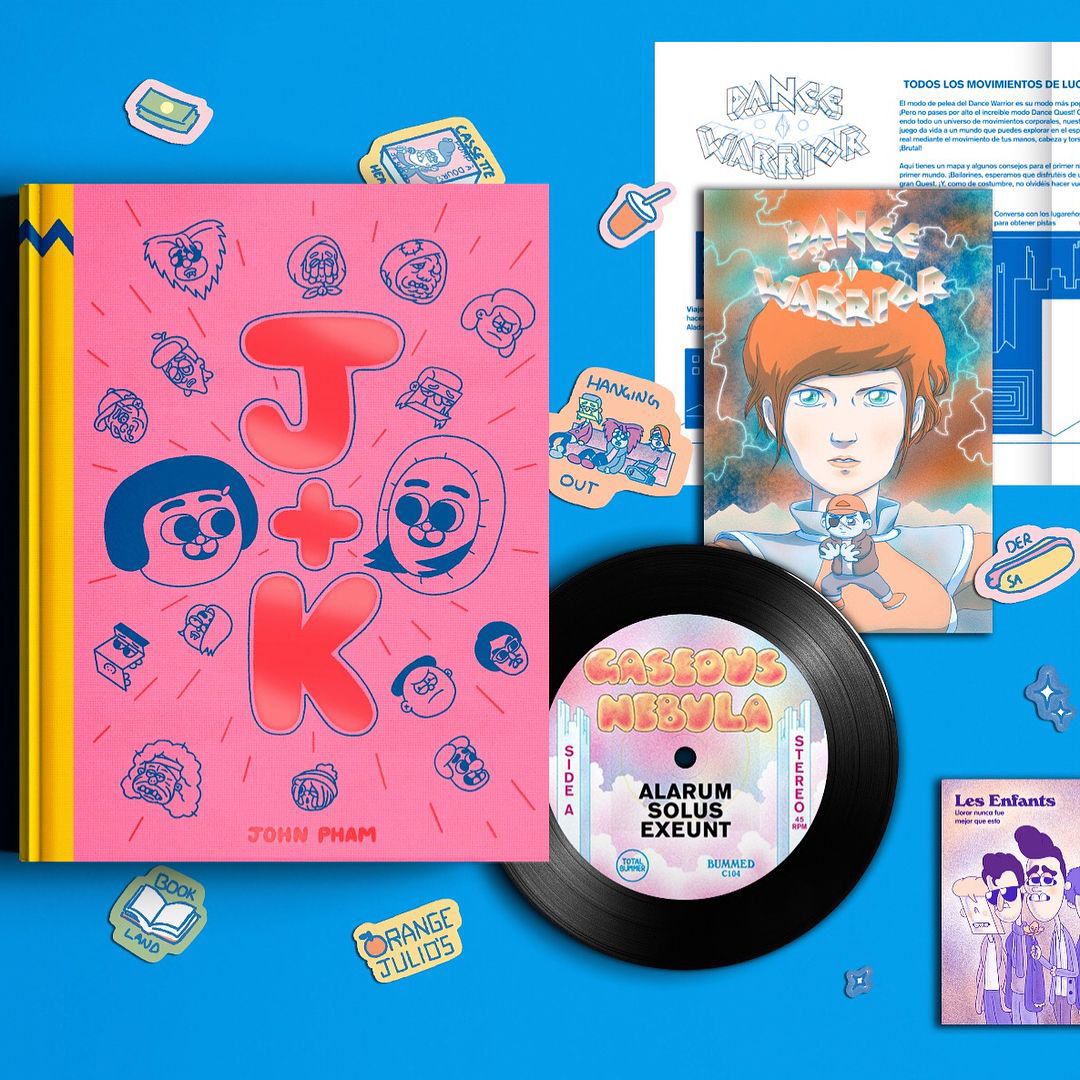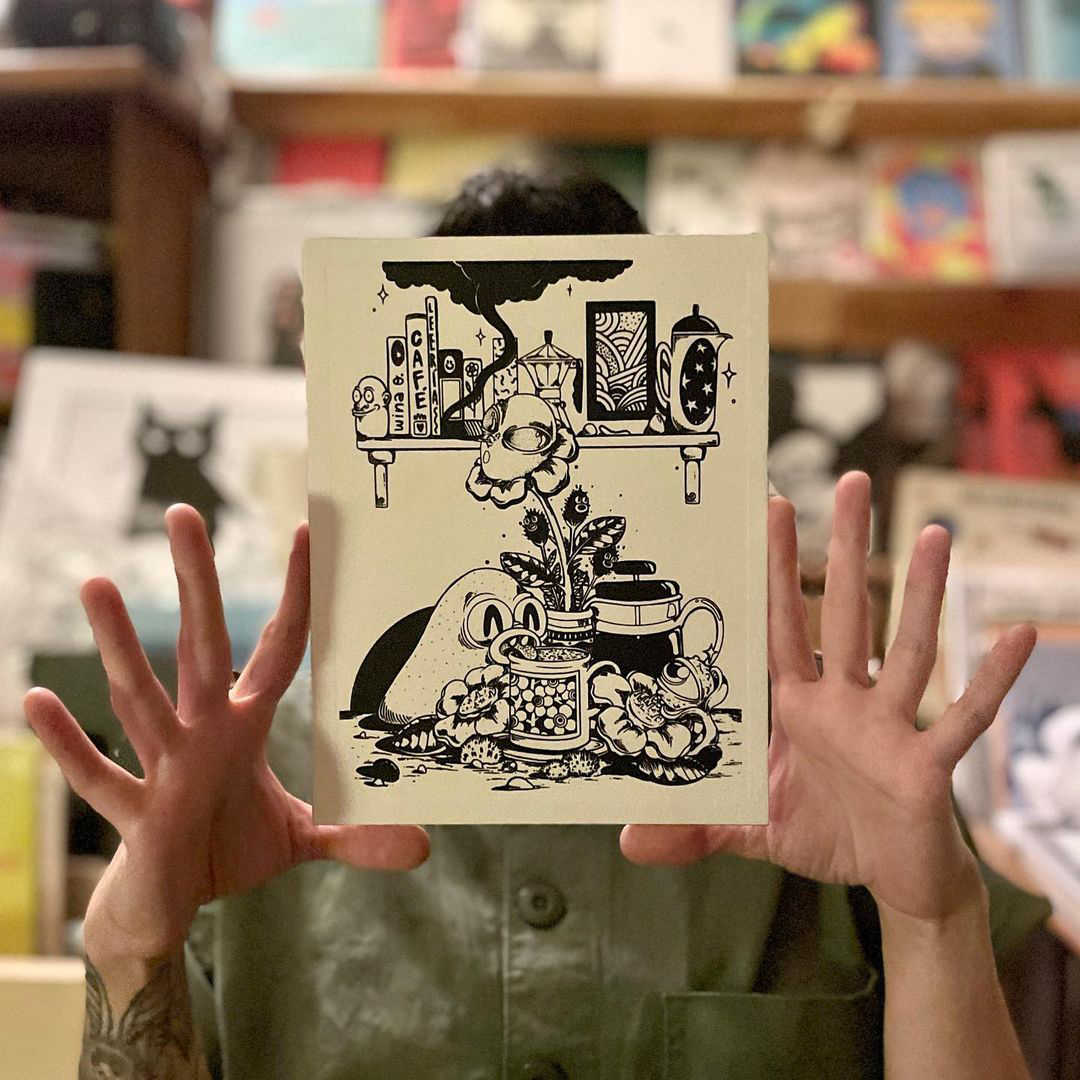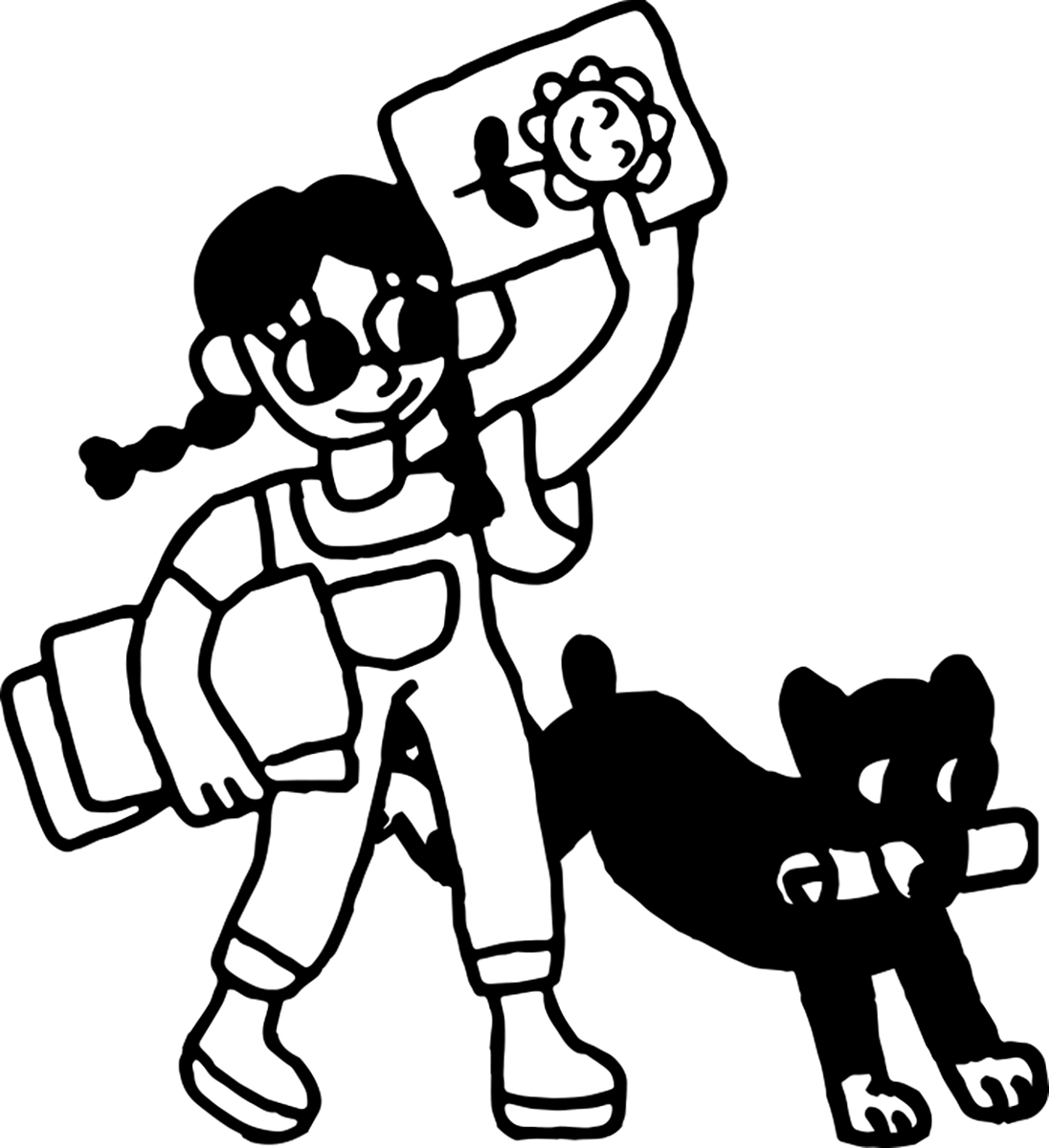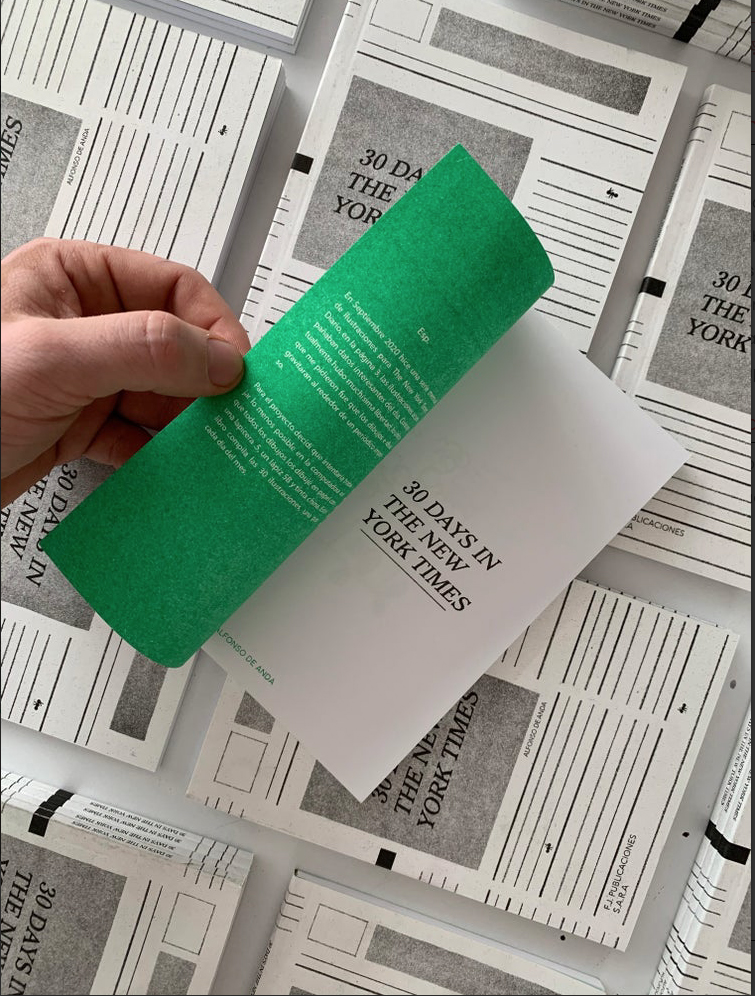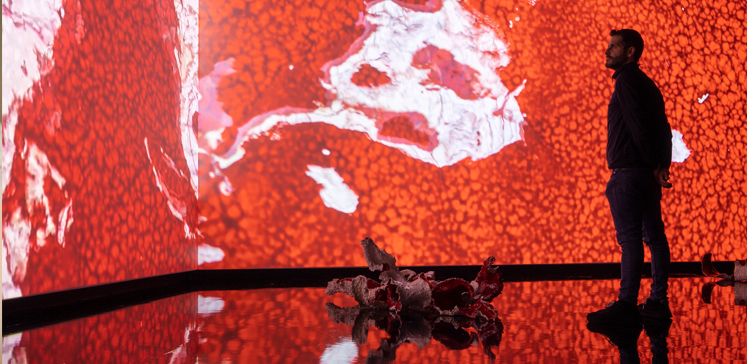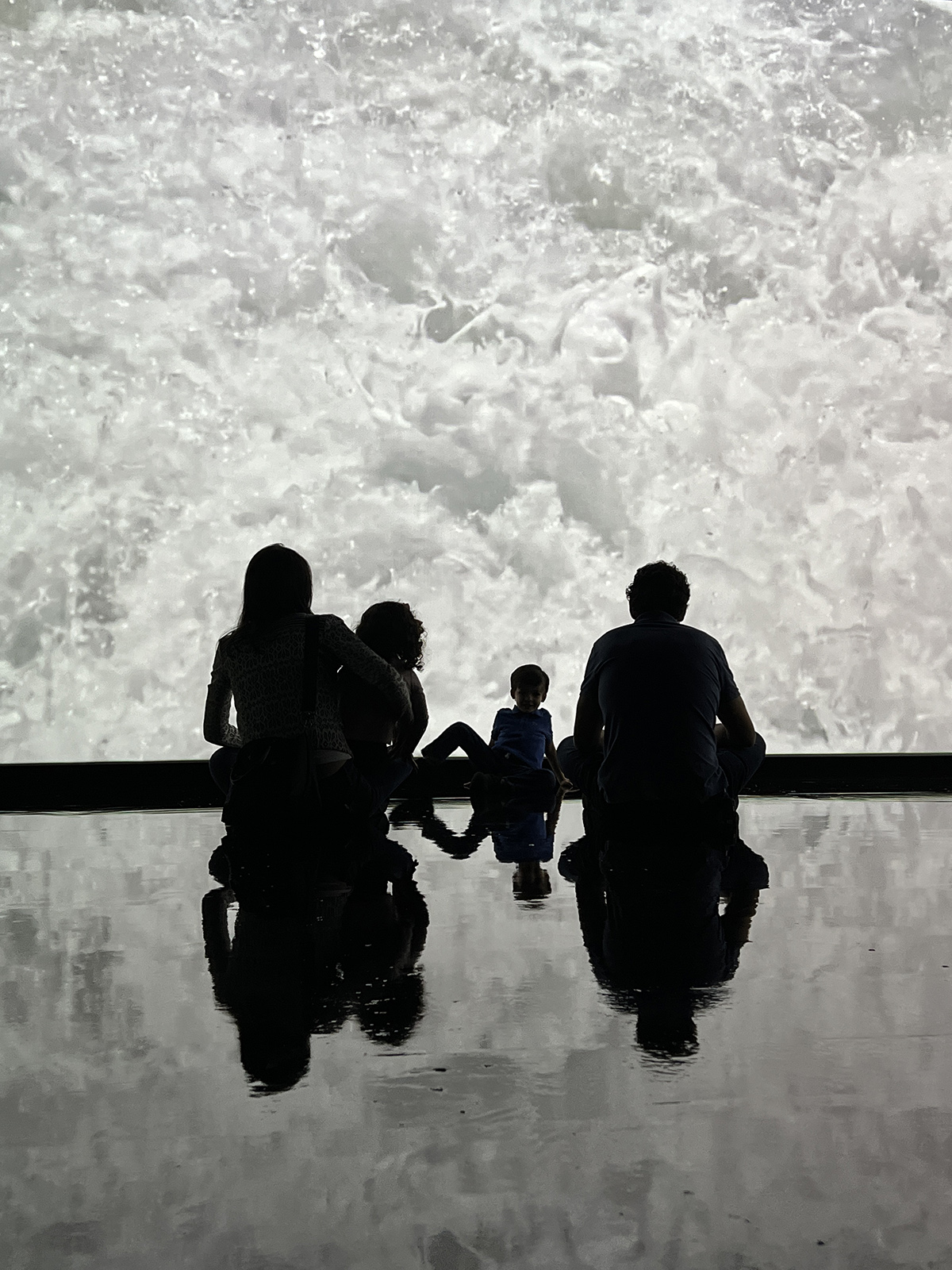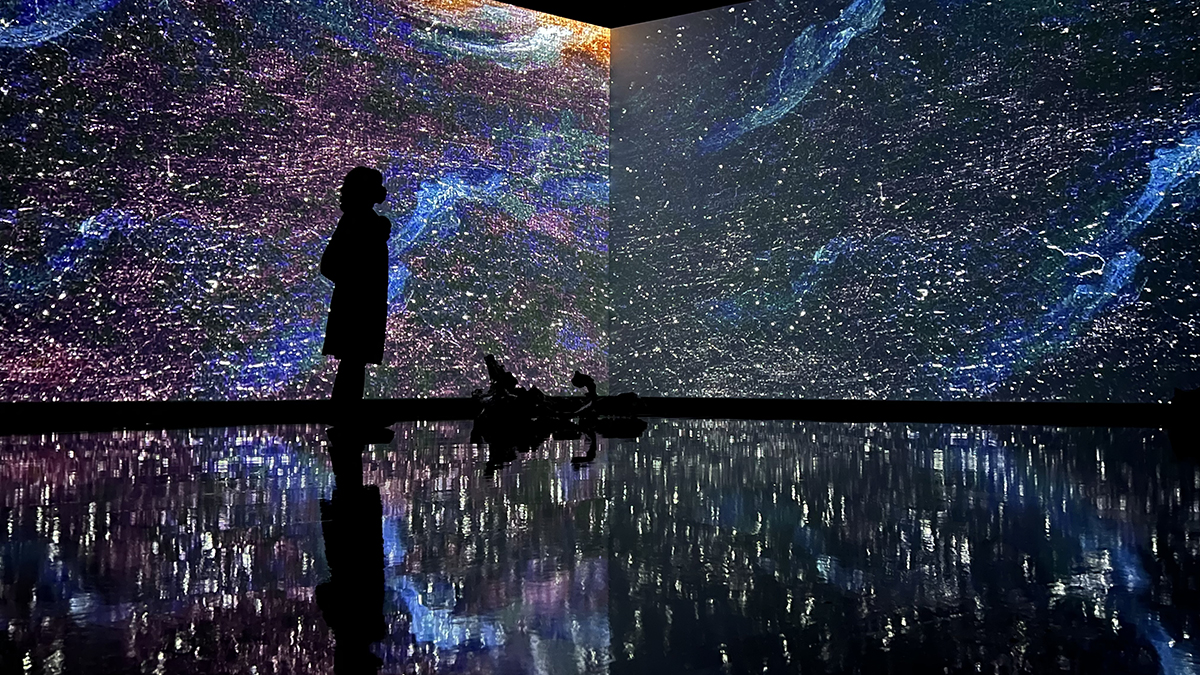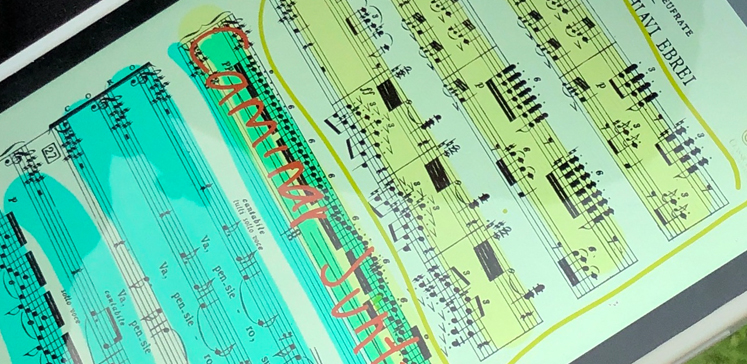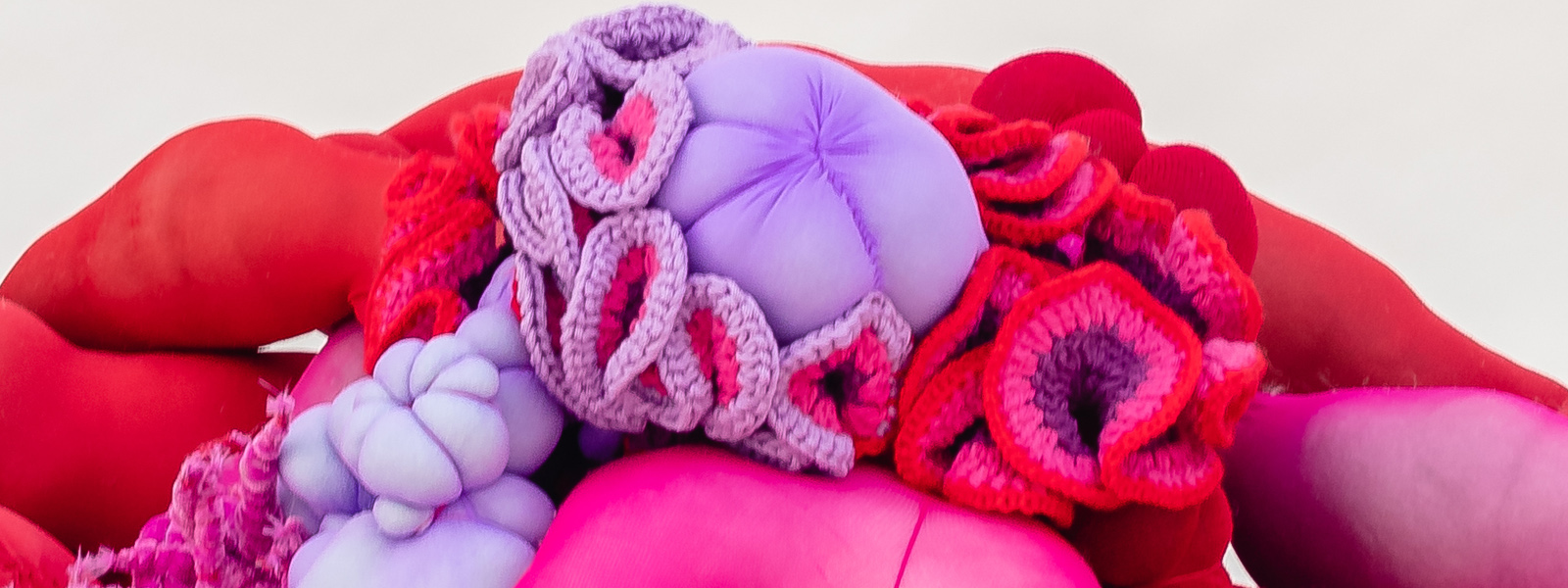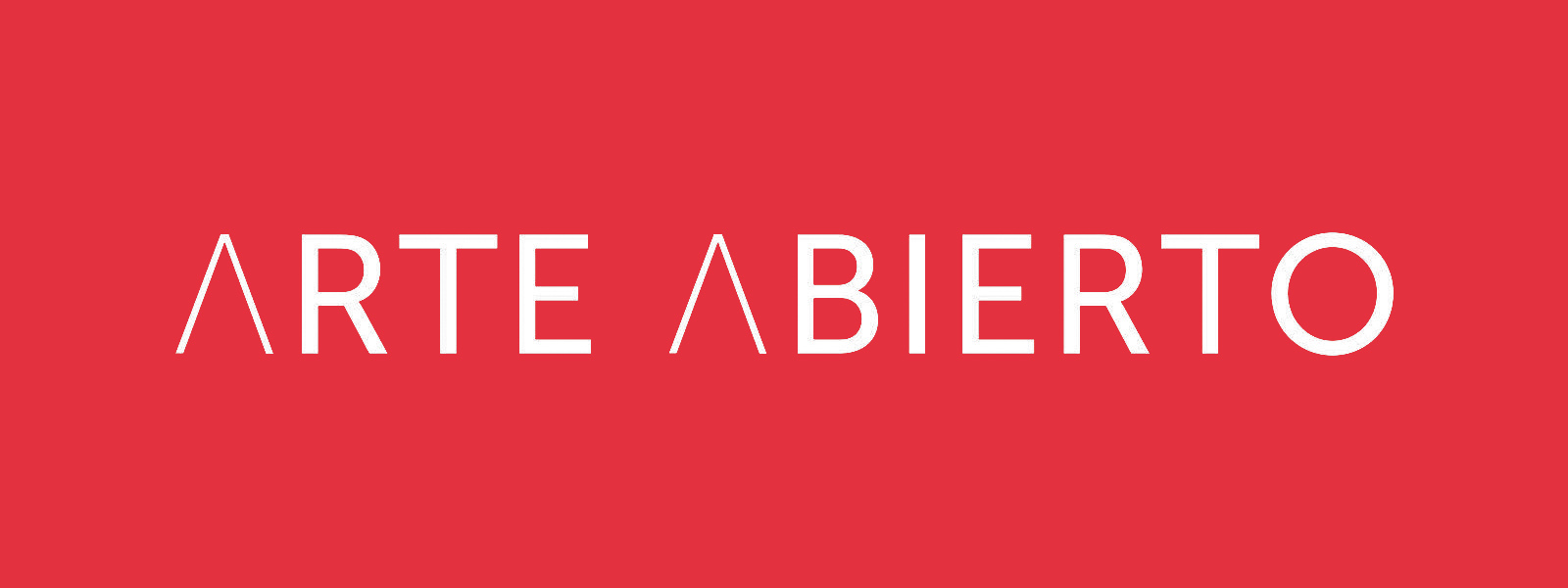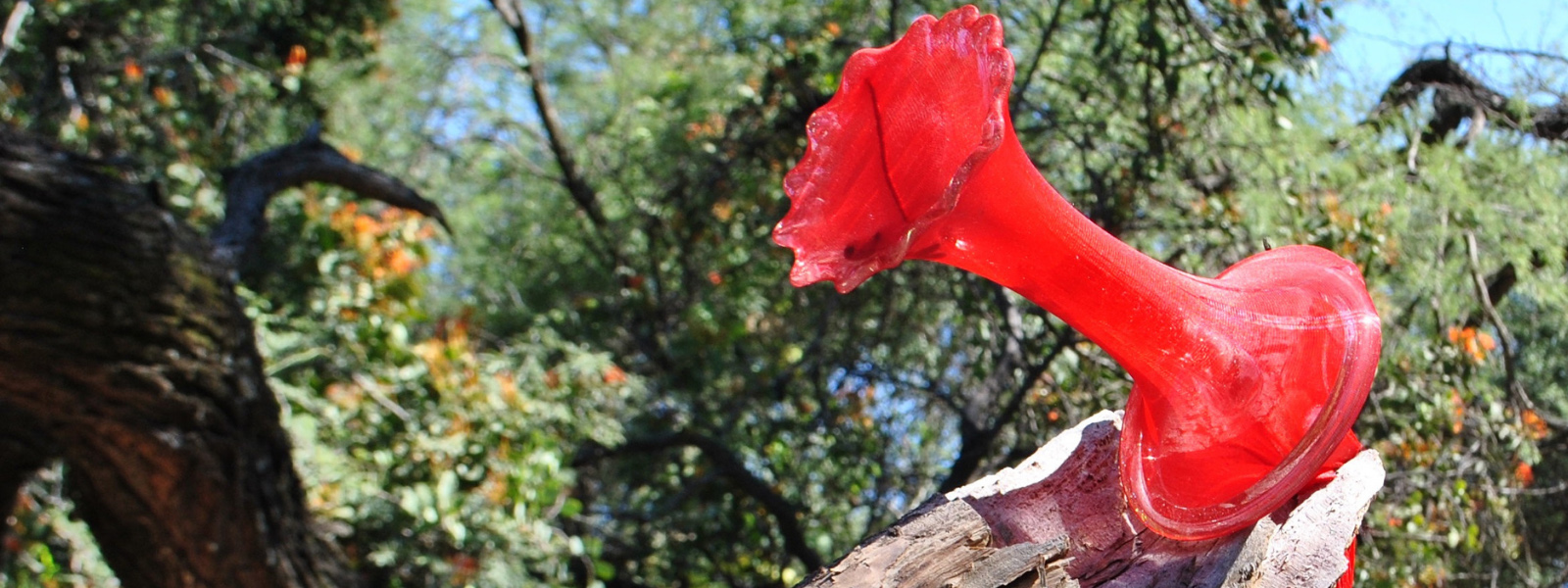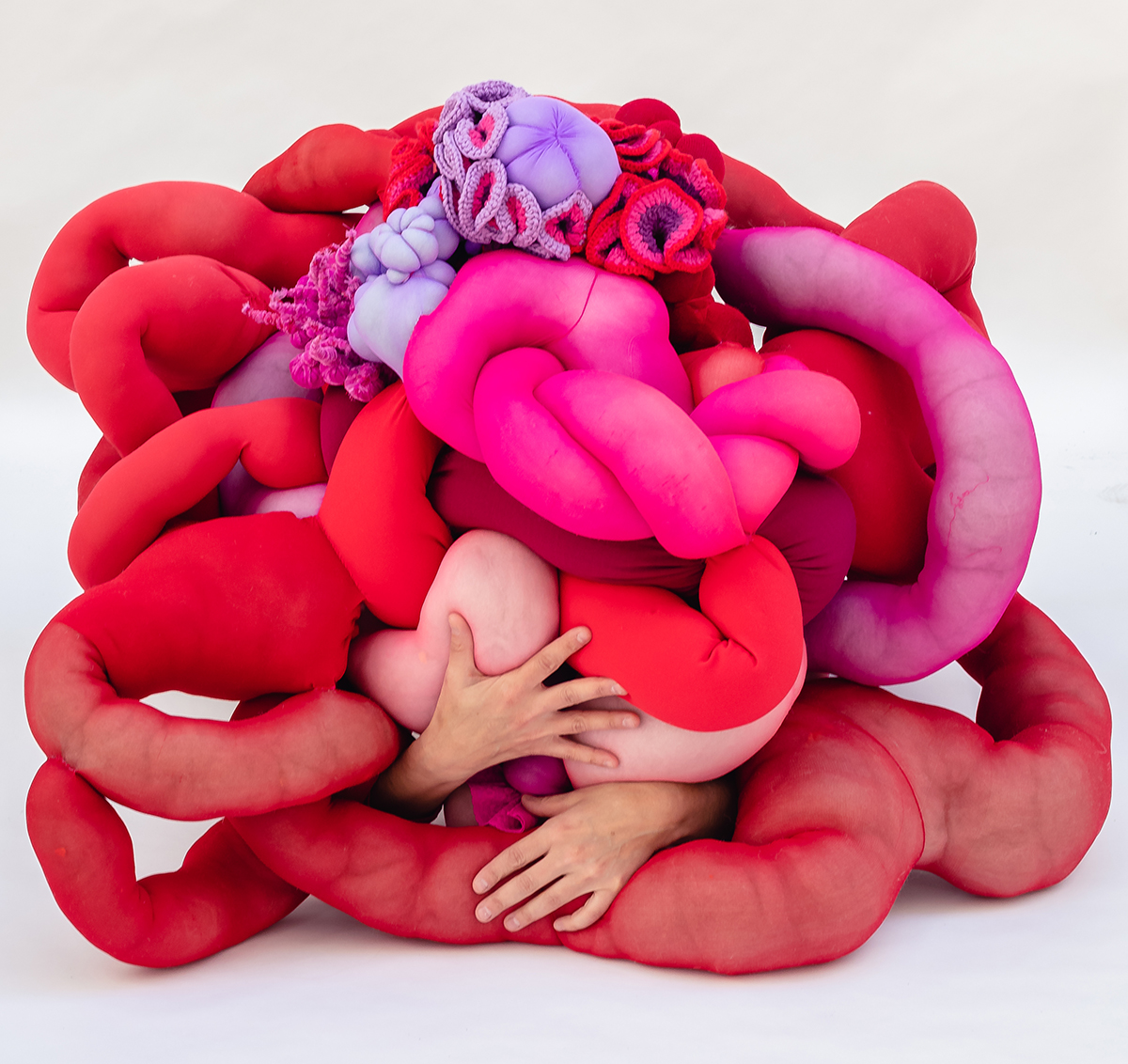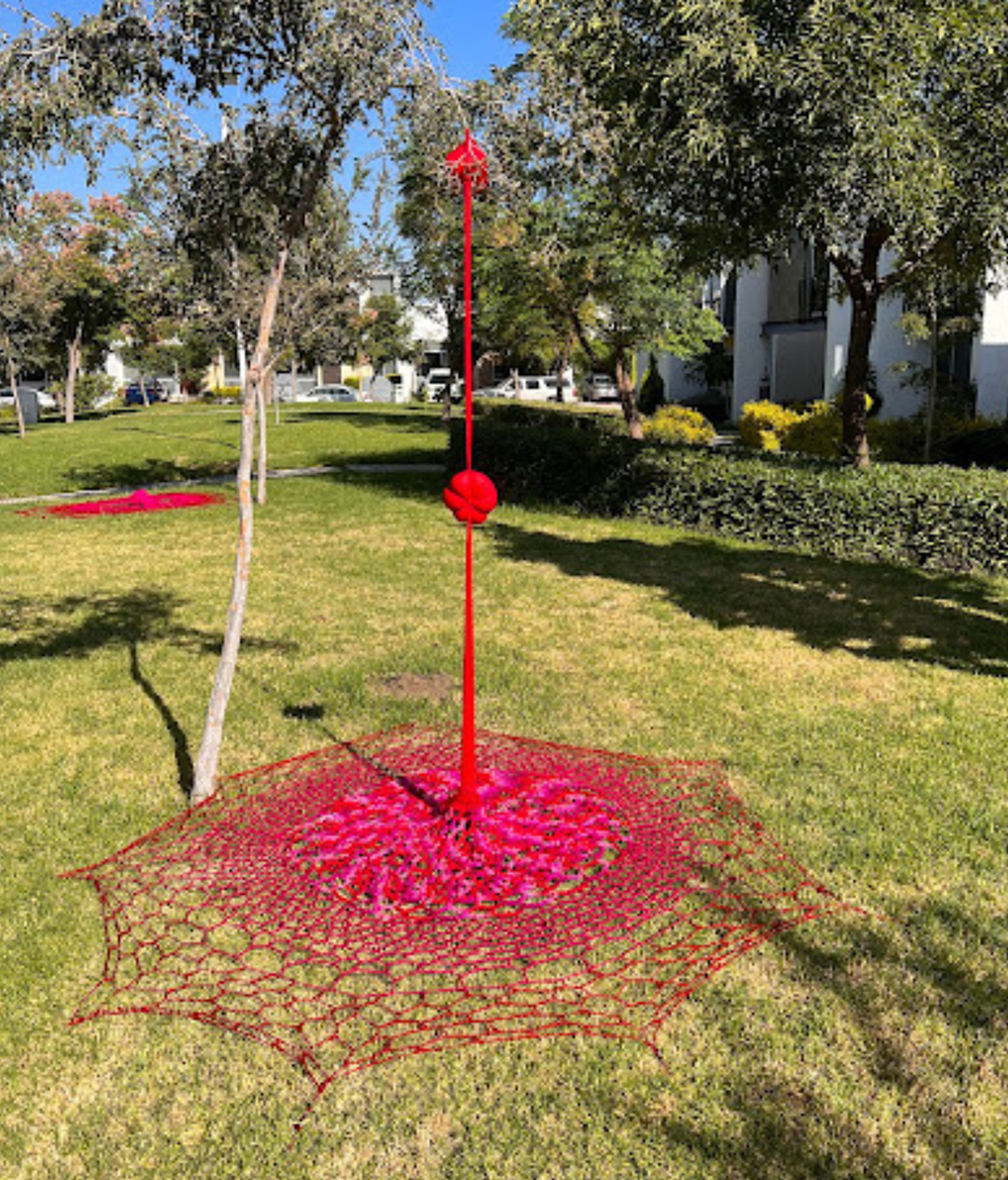16 May REBECA BARQUERA – ART AND ARCHITECTURE DERIVES 🗓 🗺
The Plastic Integration Movement in Mexico:
More than Murals on Buildings.
Conversation with Rebeca Barquera
The historian and researcher Rebeca Barquera joins us in this 11th Art and Achitecture Drive.
In the middle of the 20th century, the Plastic Integration movement arose in Mexico, which sought to incorporate painting and sculpture into modern constructions, with the intention of fusing art with architecture, which produced a broad debate in which multiple voices from various disciplines and with very different arguments were involved. On the one hand, there was the architects and engineers point of view, and on the other, there were the discussions between artists interested in representation, the problem of technique and reflections on the transition of the muralist movement towards the exterior.
From the Cárcamo de Dolores (1951) going through the Museo Cabeza de Juárez (1972-1976), in this Derive Barquera will address some of the representative examples that managed to question the tradition of Plastic Integration from different positions and questions about representation and abstraction, the body and the landscape, and the form and ideology of the movement itself.
>>
The Plastic Integration Movement in Mexico: More than Murals on Buildings. A conversation with Rebeca Barquera.
- Saturday, May 27, 2023
- 13:00h
- At Espacio Arte Abierto, located on the 2nd flor in Artz Pedregal
- Free admission
>>
No need to register.
>>
Rebeca Barquera
She is an art historian, researcher and teacher. PhD in Art History from UNAM, her interests focus on the study of utopias, ghosts, erasures and anonymities in modernism, as well as the intersection of art and architecture with technology and scientific discourses in the last decades of the century. XIX Century and the first half of the XX. She is currently a professor at the College of History of the Faculty of Philosophy and Letters and is doing a stay at the Institute of Bibliographic Research thanks to the Postdoctoral Scholarship program at UNAM.
IG @rbequisima
FB @rebecabarquera
TW @rebarquera
>>
Arte Abierto continues with its new public program Derivas de Arte y Arquitectura (Art & Architecture Derives), which seeks to renew our gaze on the architectural legacy of Mexico City. From a series of talks focused on rescuing the parallel stories of emblematic architectural projects and public spaces that have witnessed the variable intersection between art and architecture. In this first stage, the program deals mainly with modern architecture, based on a series of talks given by invited curators, architects, artists and urban planners.
With this program, ways of returning to architecture part of its public, experiential, collective character and close to those of us who inhabit the city are tested, recognizing in it its condition as a living archive. From these talks, circumstances, contexts and anecdotes are revealed that have been part of his sensitive memory and that complement his material memory, a relationship that often escapes documentary narratives and academic accounts.
The objective of the drifts is to generate experiences of spatial rediscovery, which allow us to renew our gaze on the legacy of certain emblematic architectural and artistic works, as well as those that have been forgotten.
The derives will be carried out free of charge on the last Saturday of each month, at 1:00 p.m. with a limited capacity.
Arte Abierto Derives :
February 26: Tania Ragasol / Entorno urbano, cotidianidad y arte: La Torre de los Vientos by Gonzalo Fonseca
March 26 : David Miranda / Del Animal Herido y otros eventos escultóricos dentro de la arquitectura moderna
April 23: Gustavo Lipkau y Xavier Hierro / Integración plástica de los edificios del campus central de CU: sus murales
May 28: Marisol Argüelles / La casa-estudio Diego Rivera y Frida Kahlo. Del espacio doméstico a la dimensión de lo público
June 25: Luis Javier de la Torre/ La Ruta de la Amistad MÉXICO68… más allá de 1968
July 30: Aldo Solano/ Architecture for playing in 20th Century Mexico City.
August 27: Christian del Castillo/ Tracing the modern in the architecture of the Historic Center of Mexico City.
September 24: Juan José Kochen/ The ideal of the multifamily apartment complex.
October 29: Tania Candiani/ Quantum Prelude. Sound activation by Tania Candiani
March 25: Ana Garduño/ Cultural geographies: The invention of museum circuits in 20th century Mexico City



